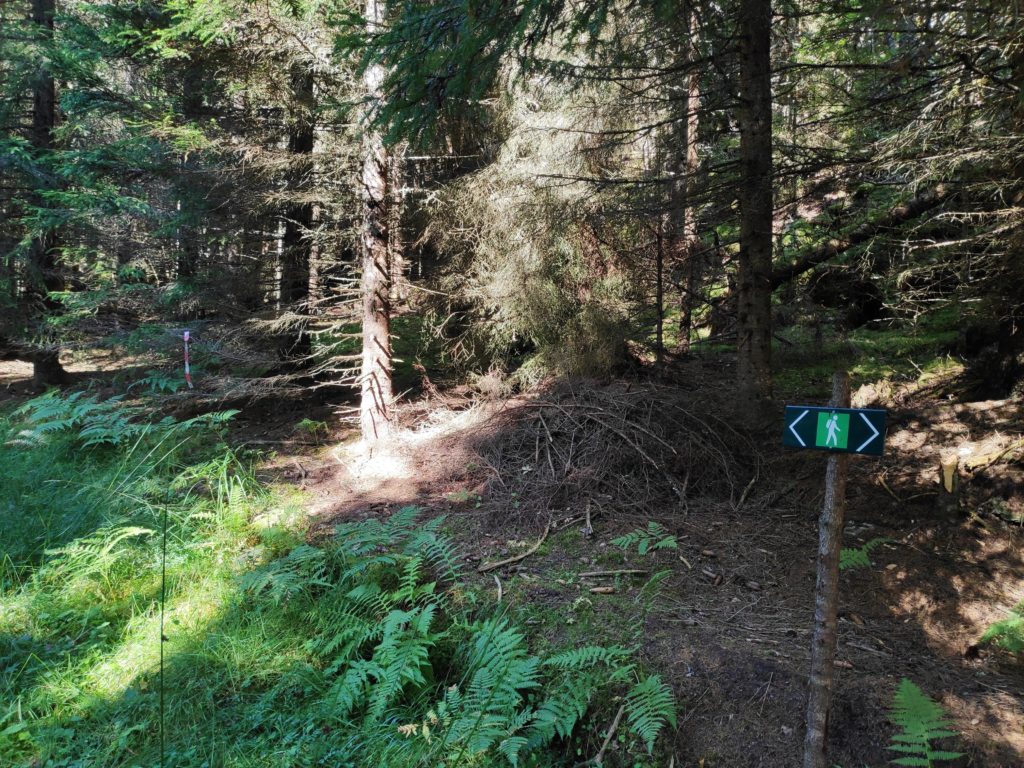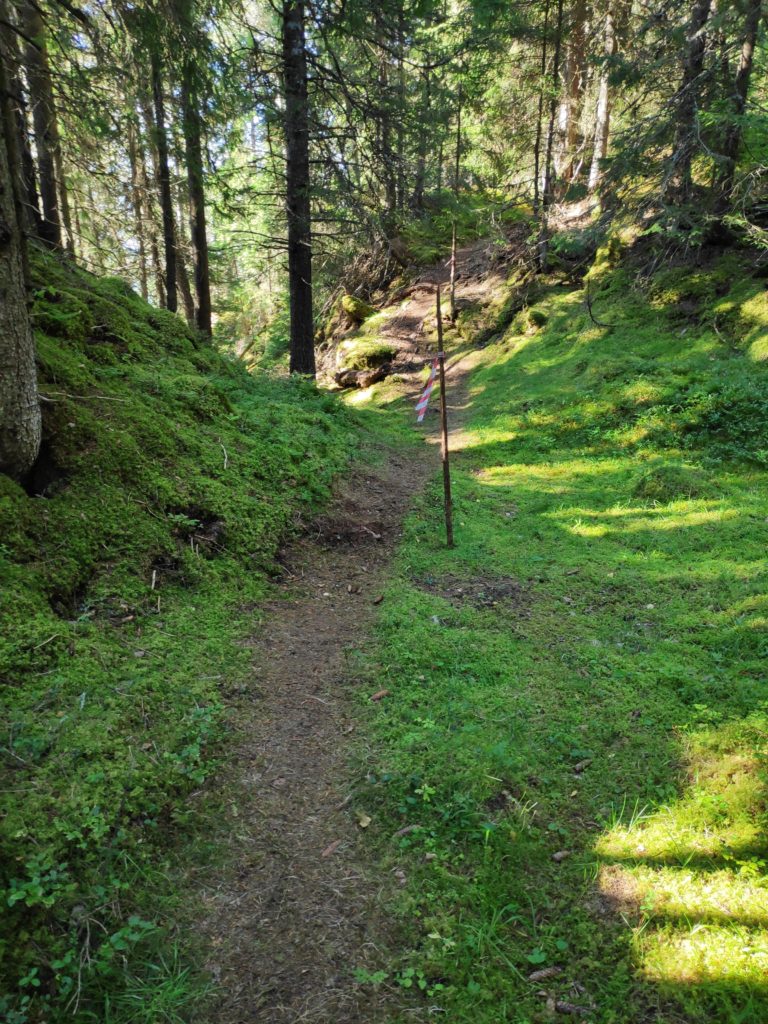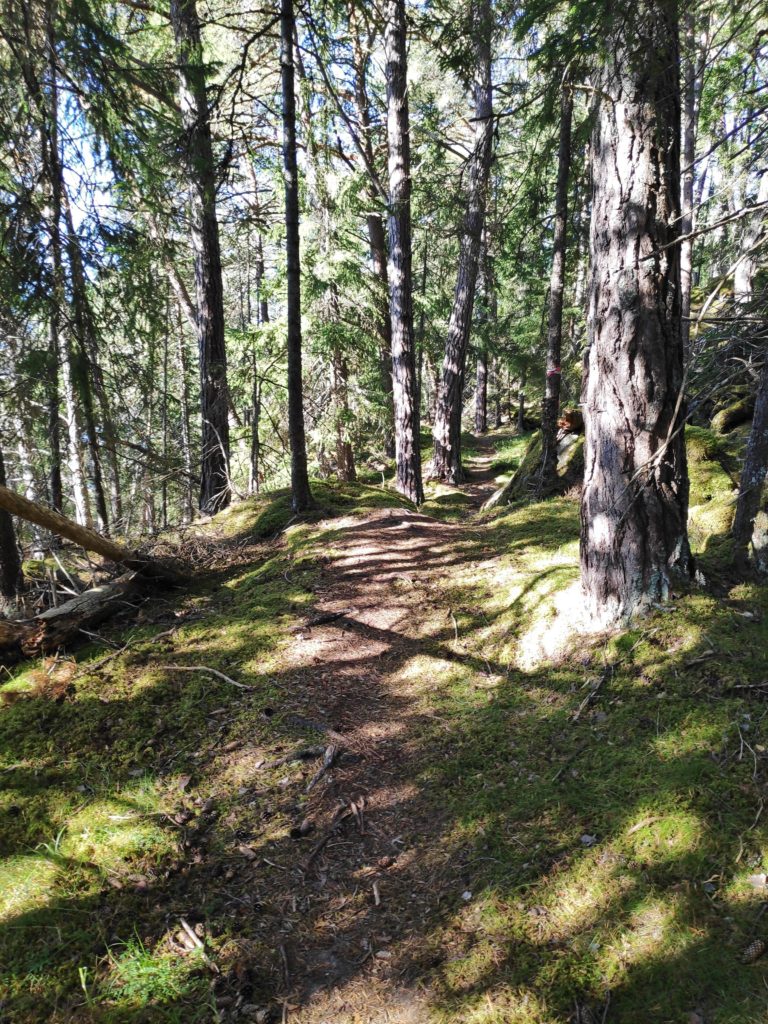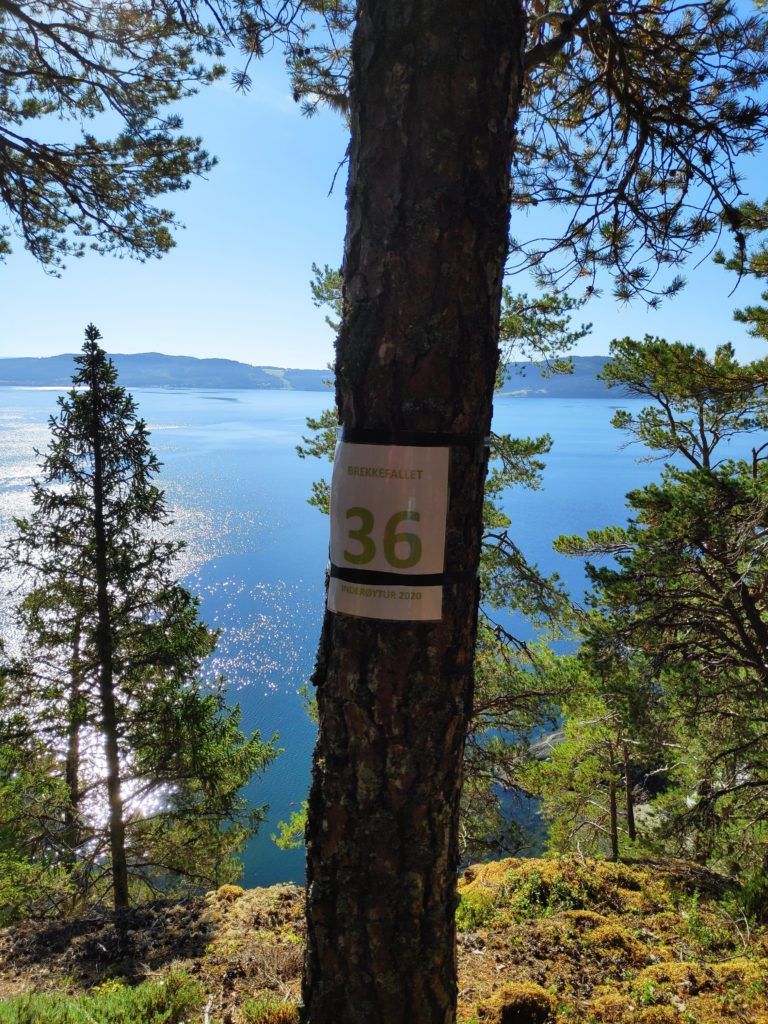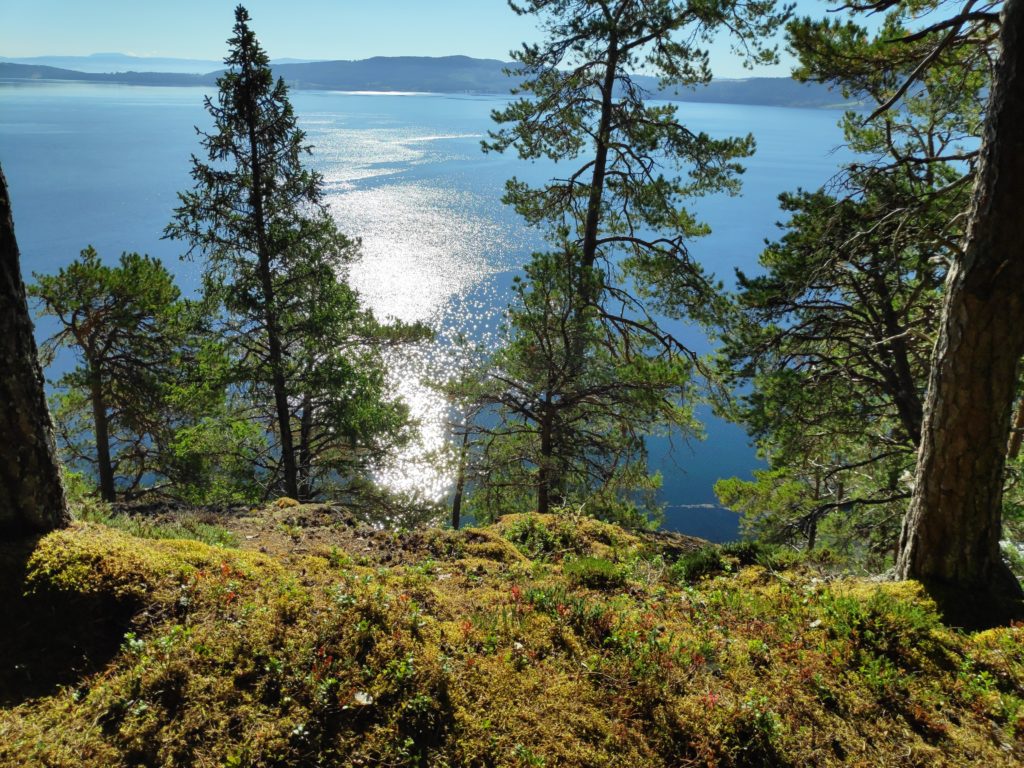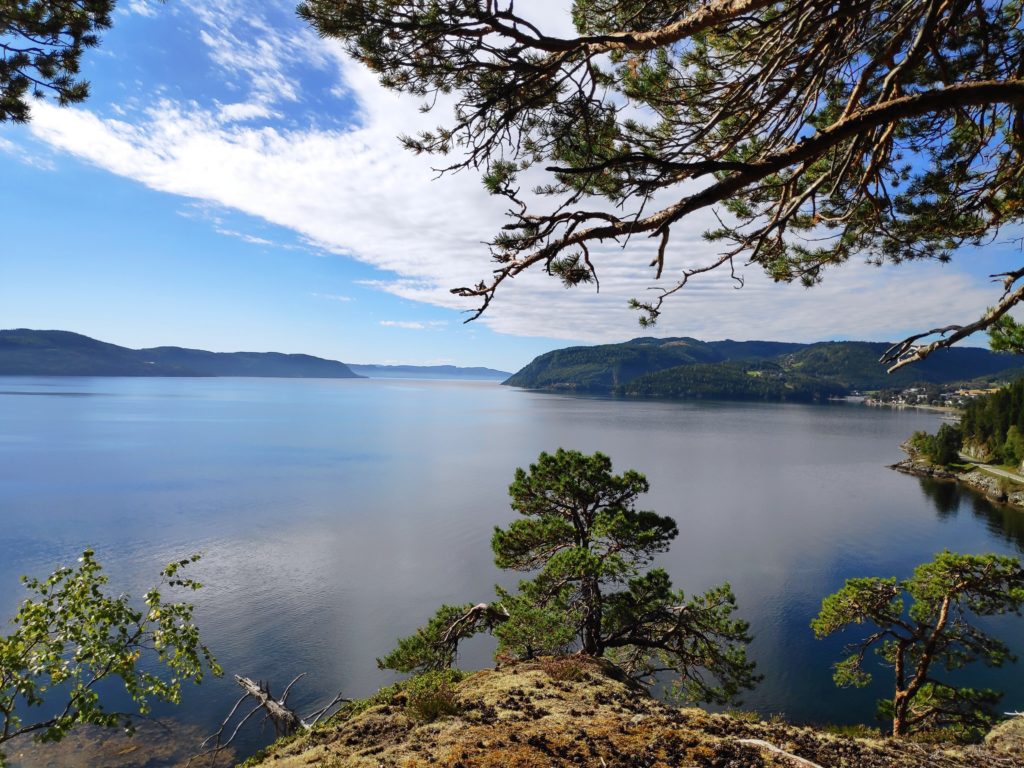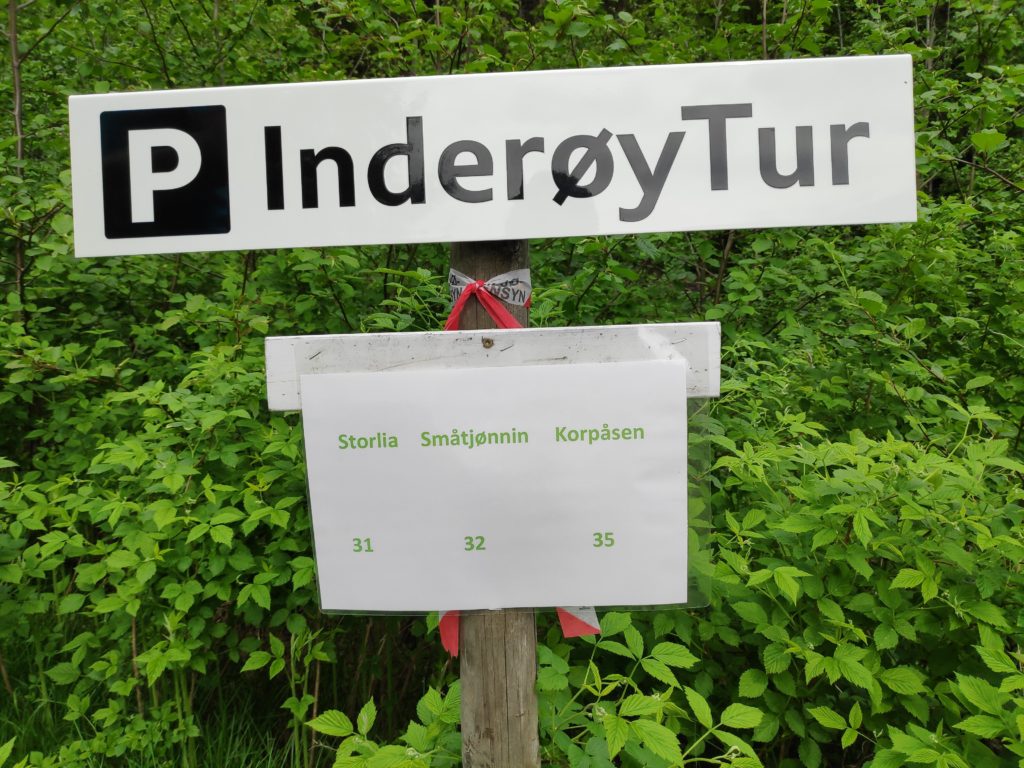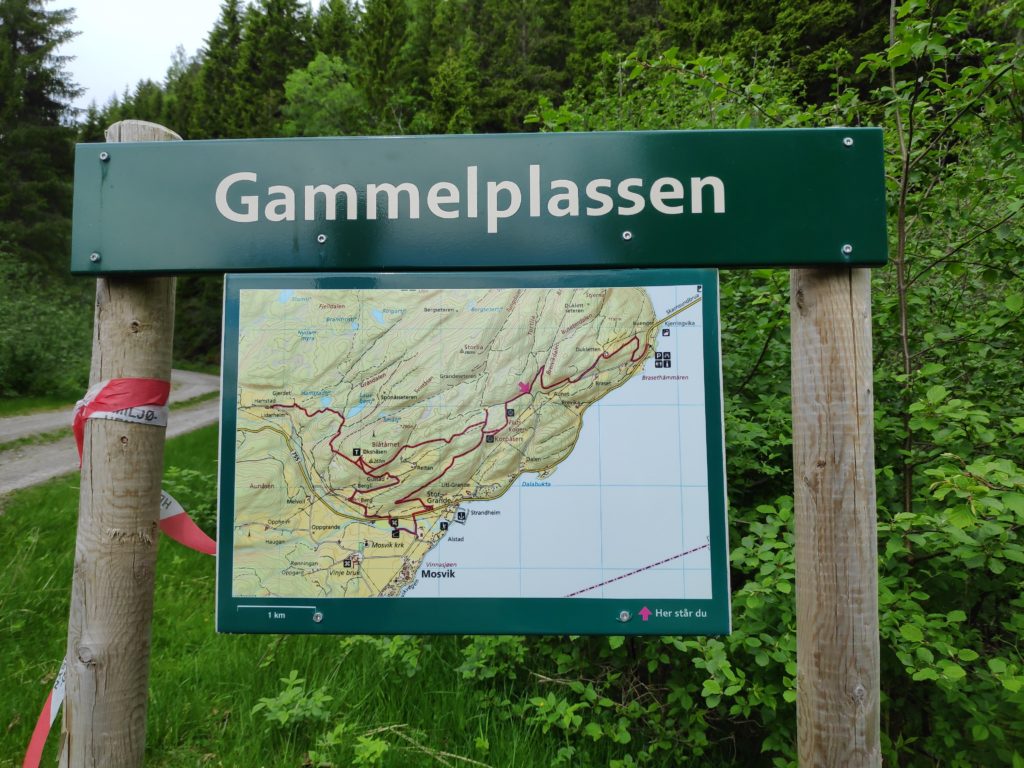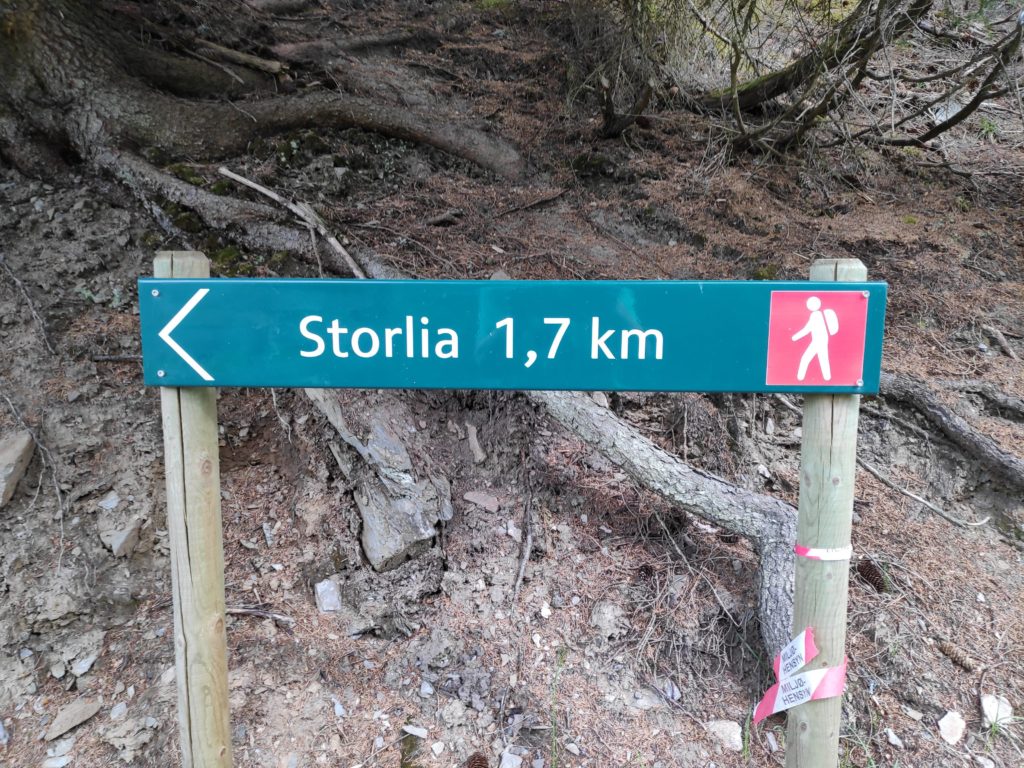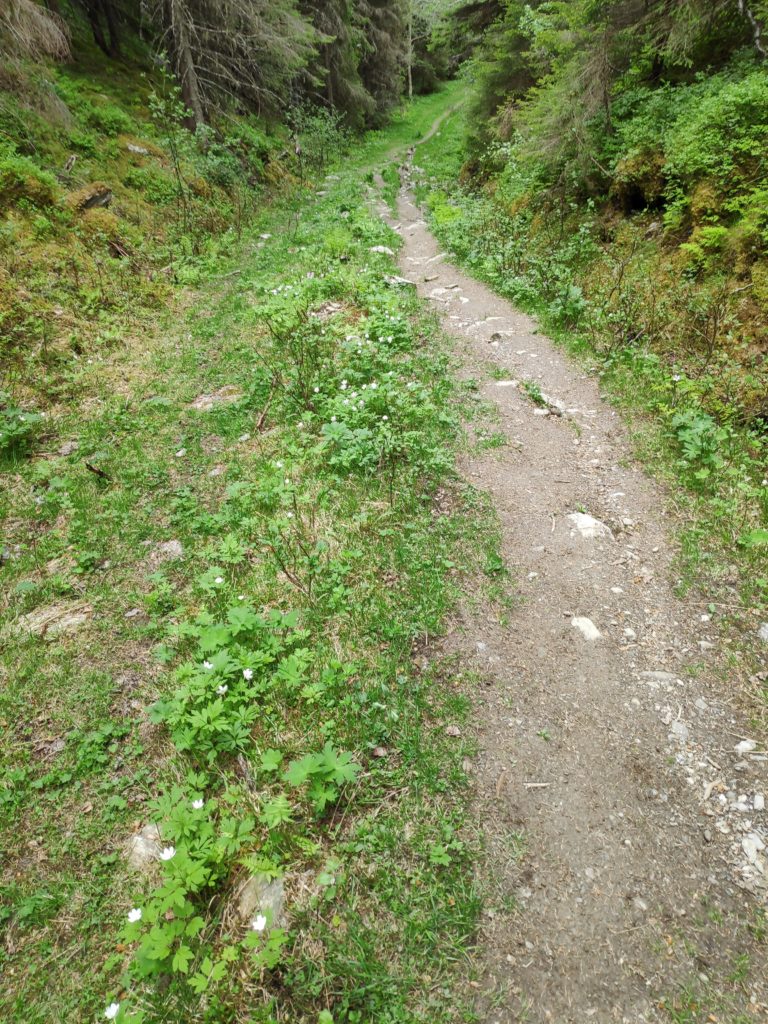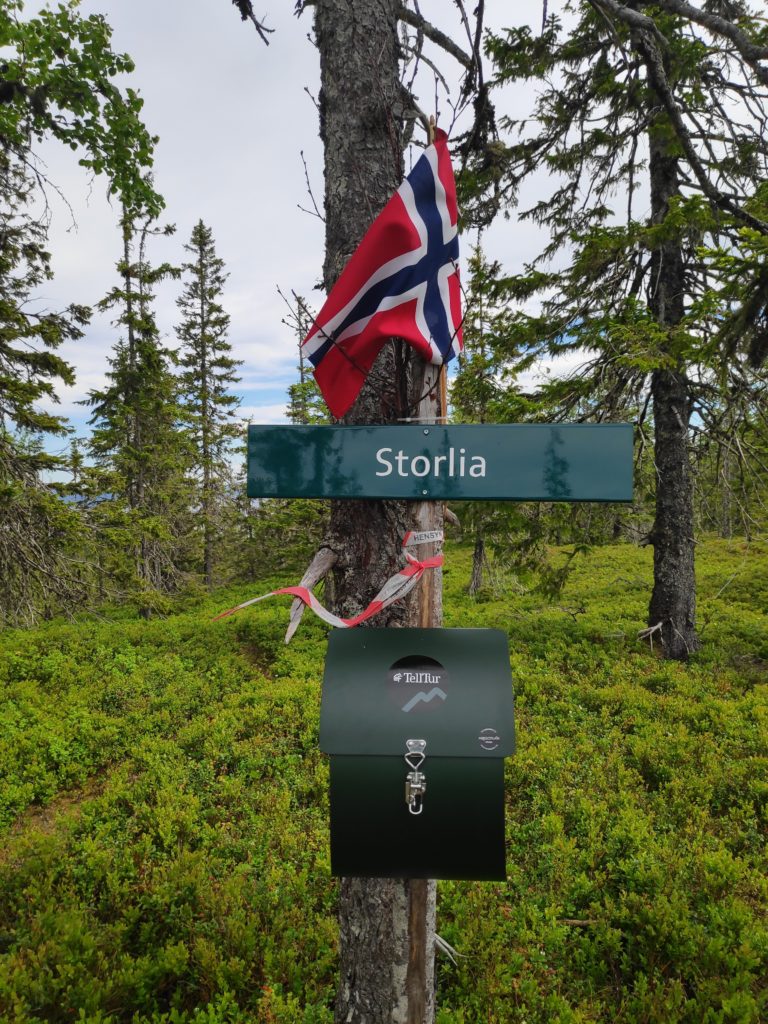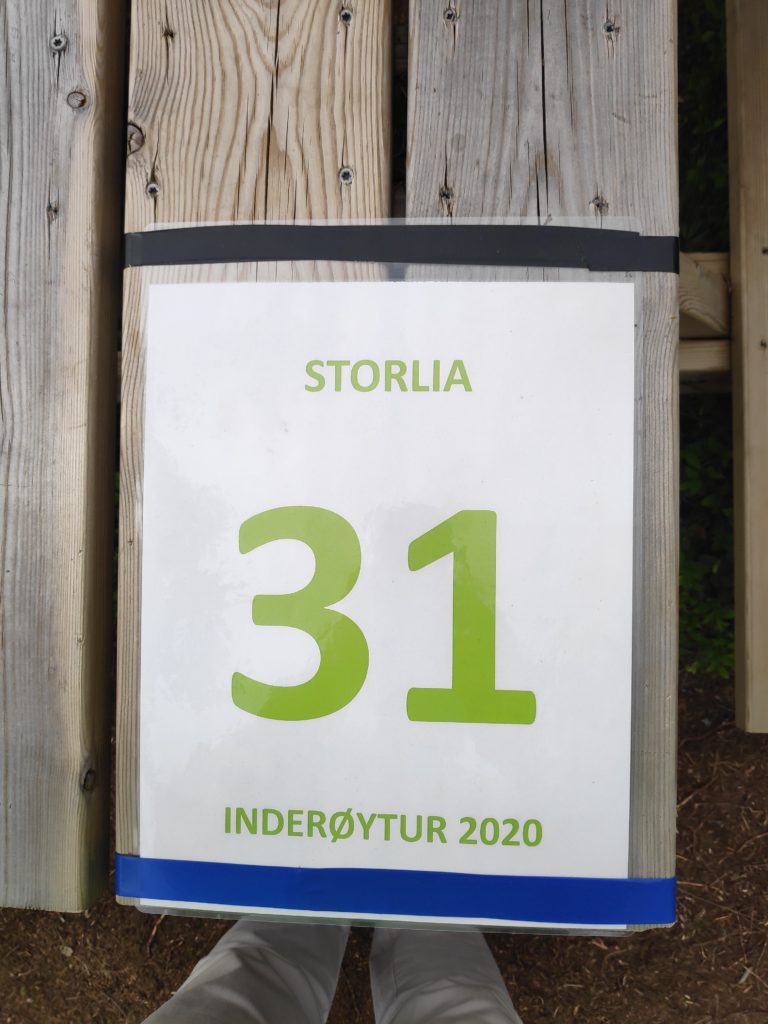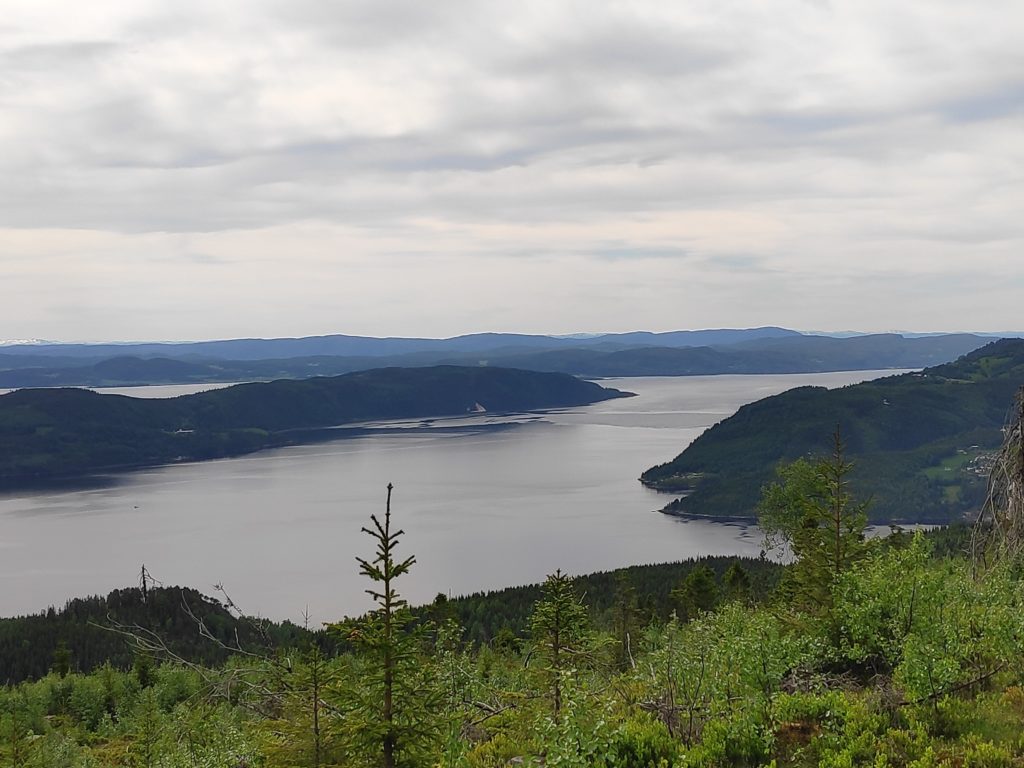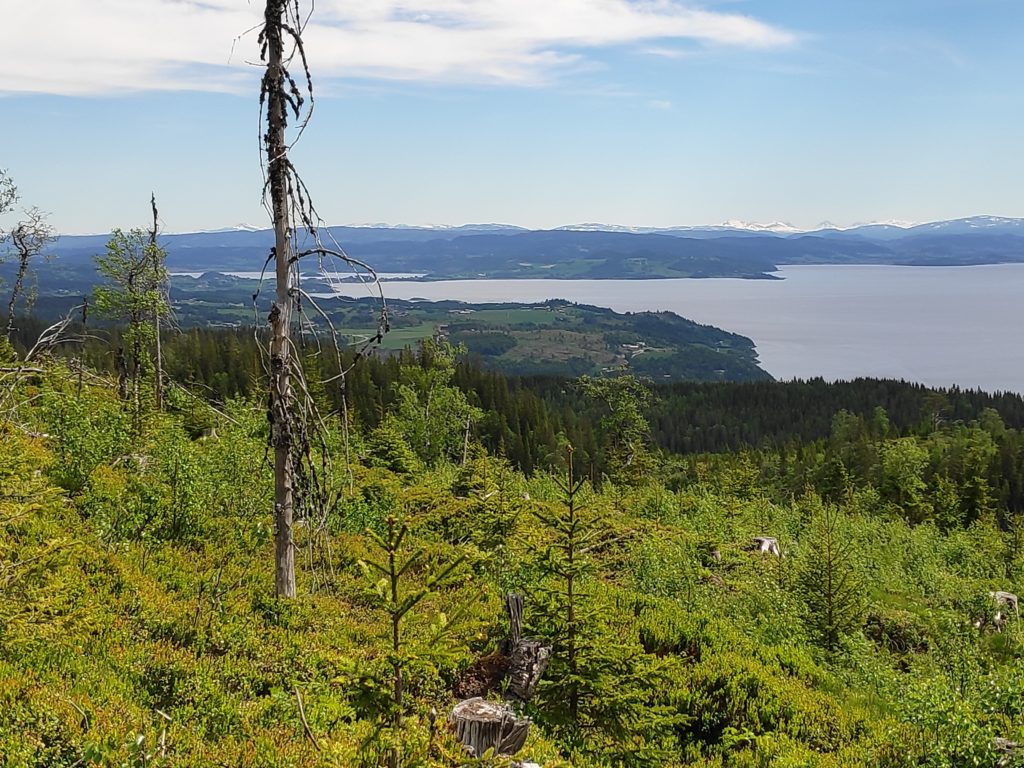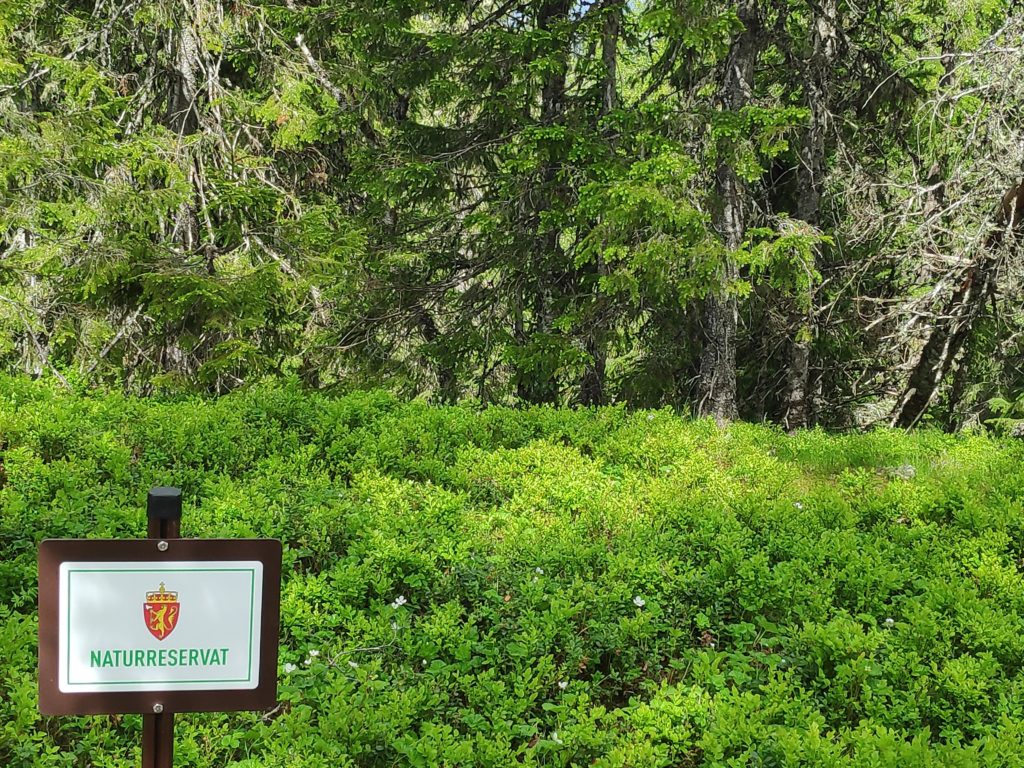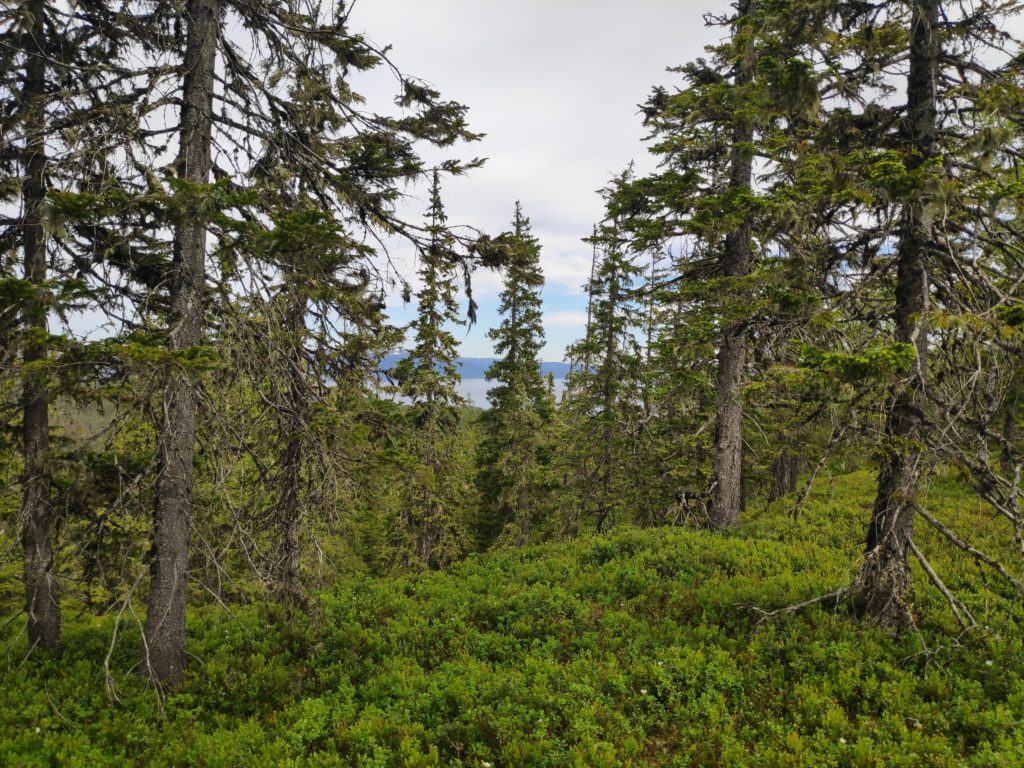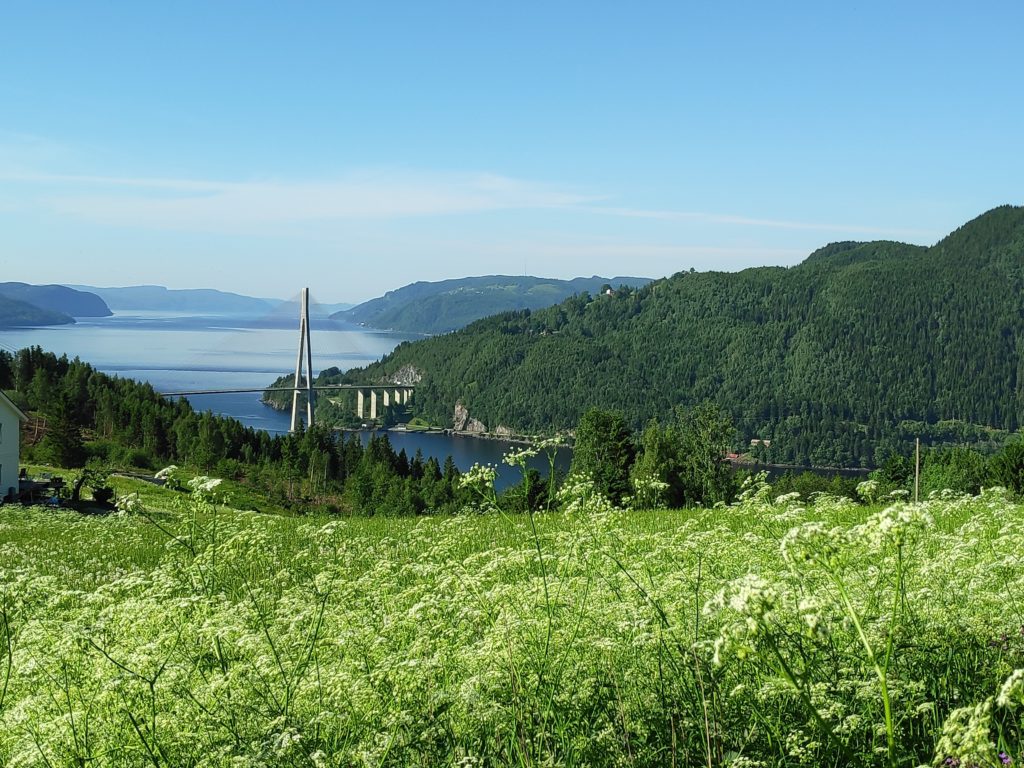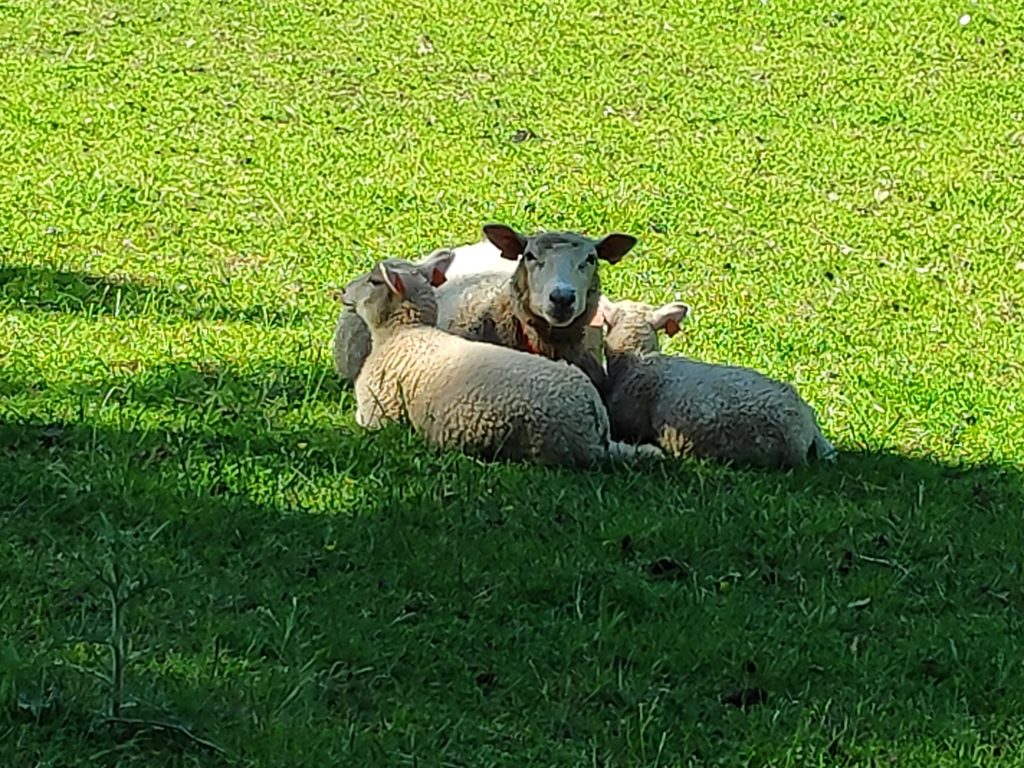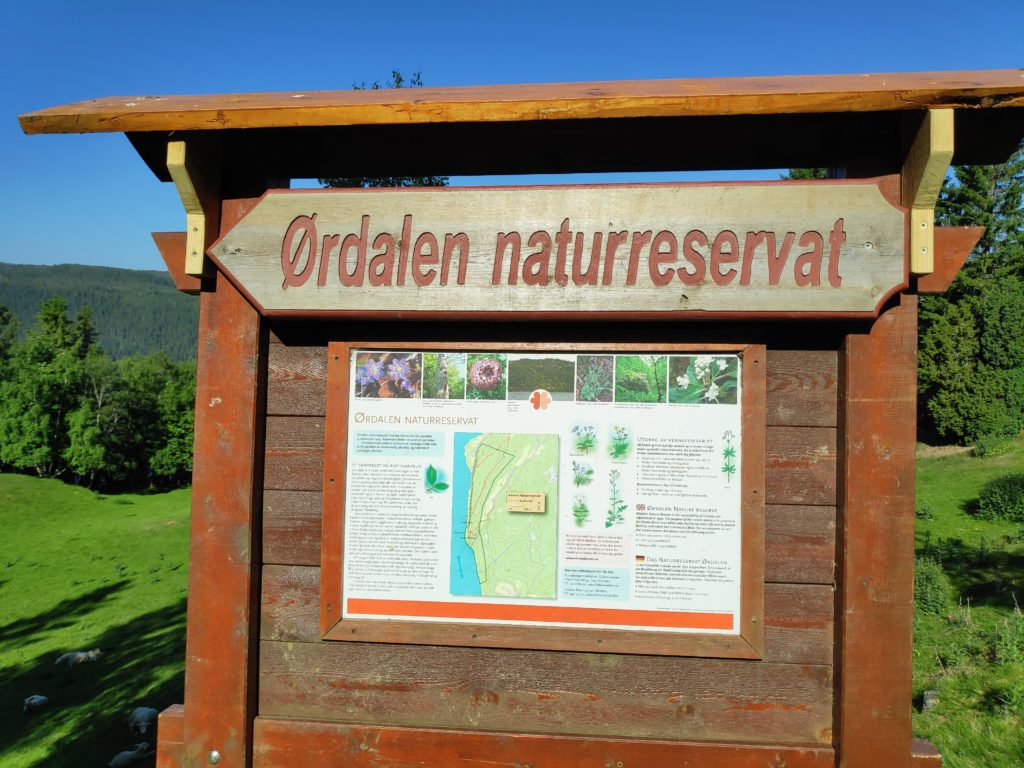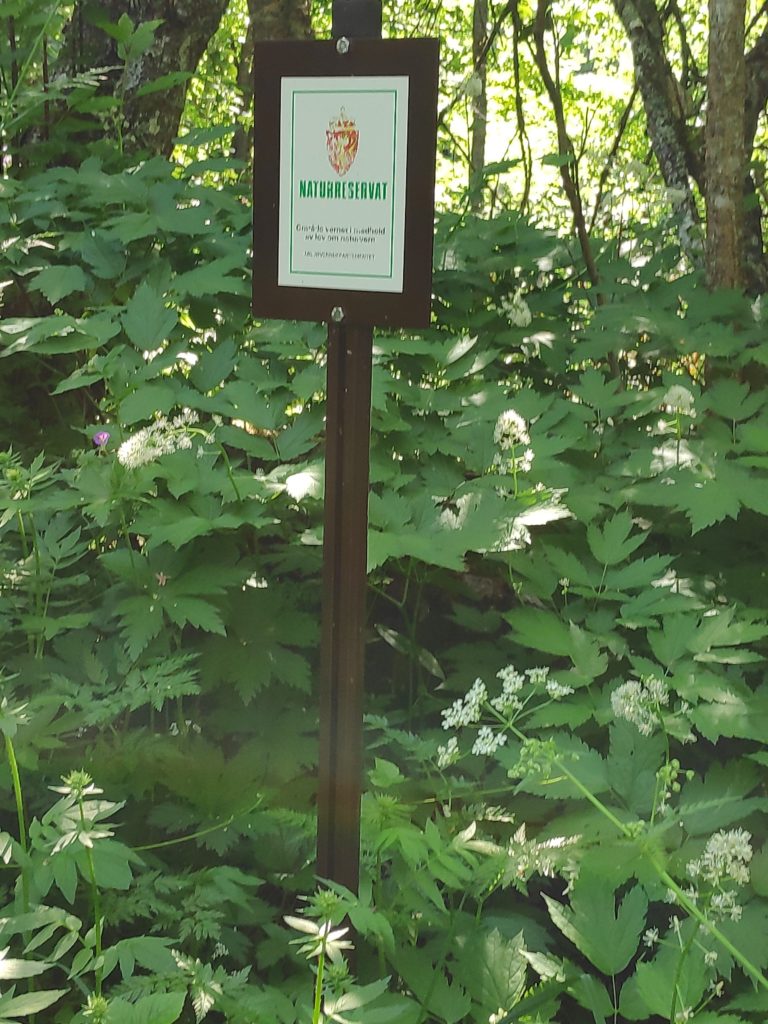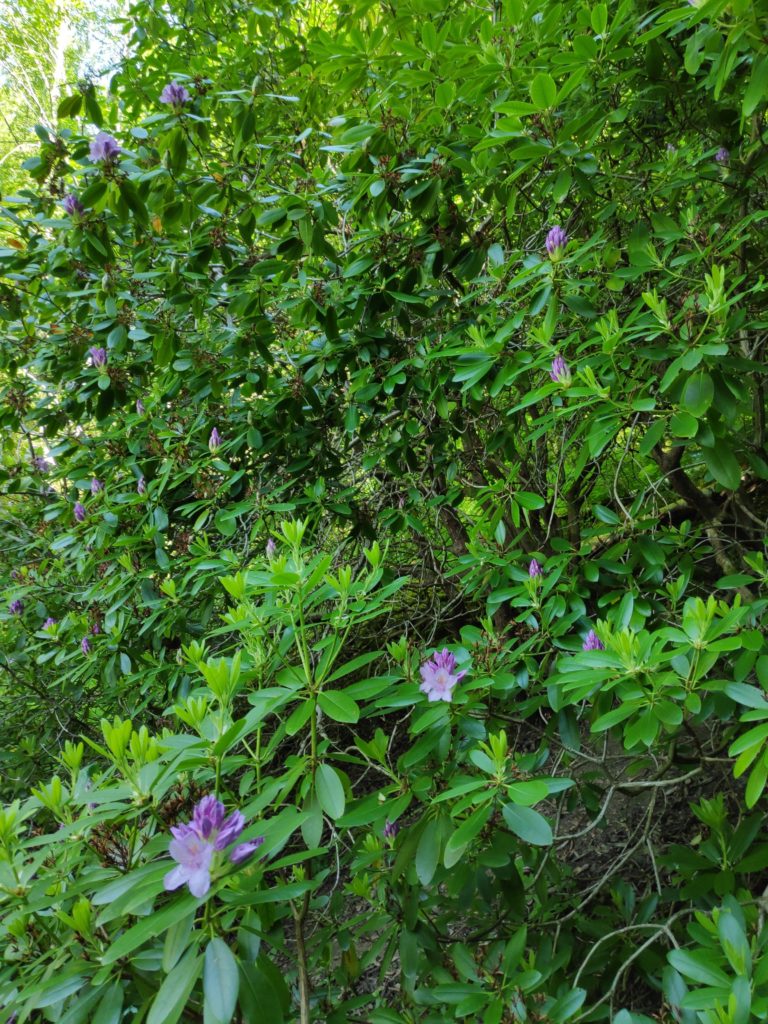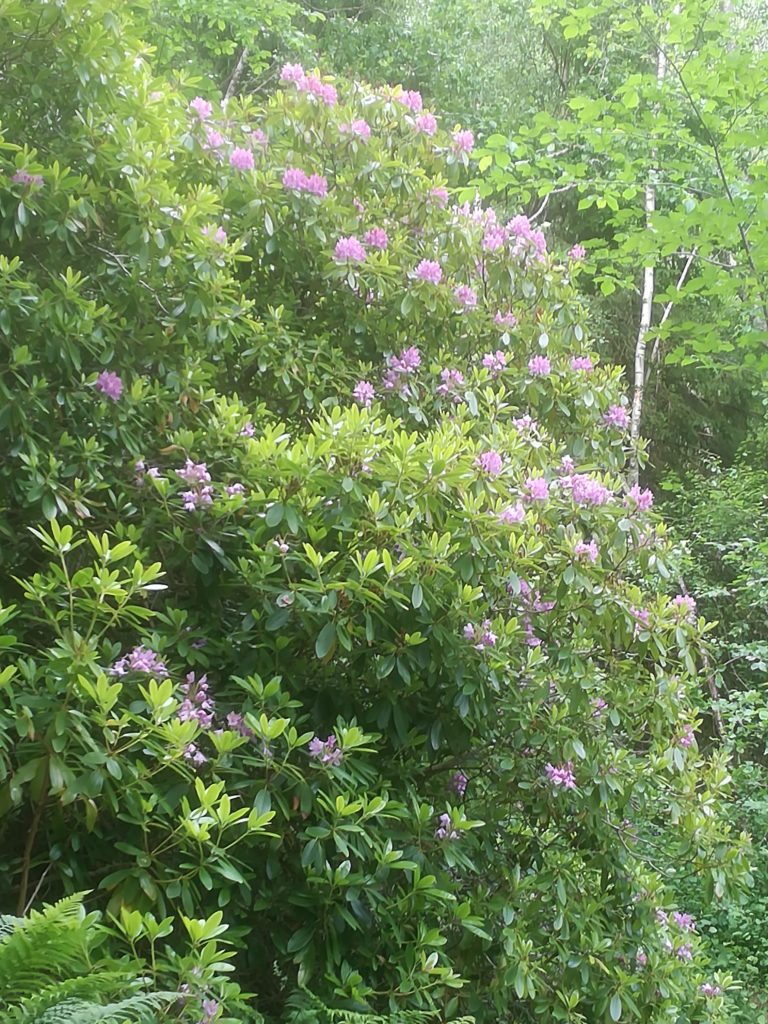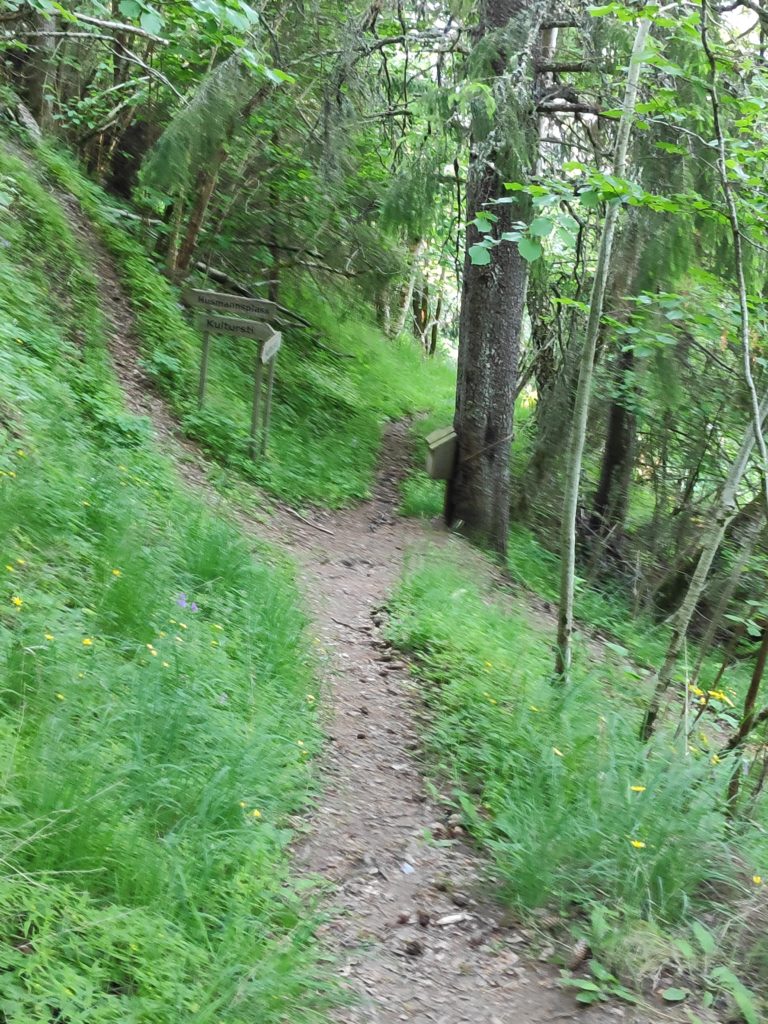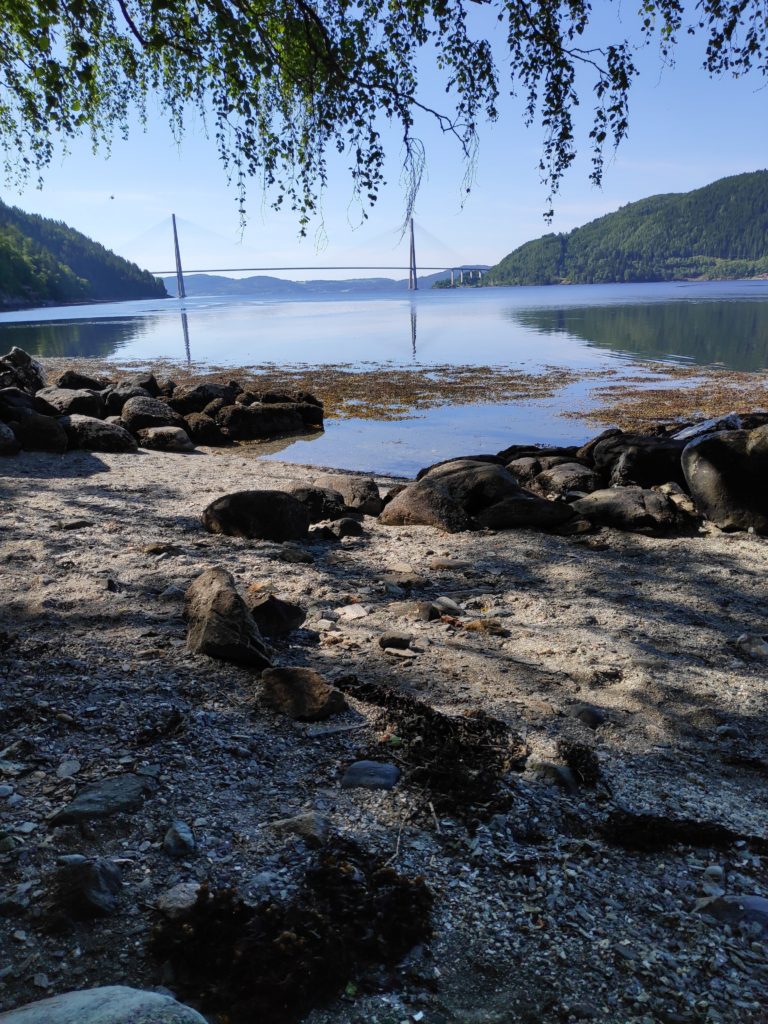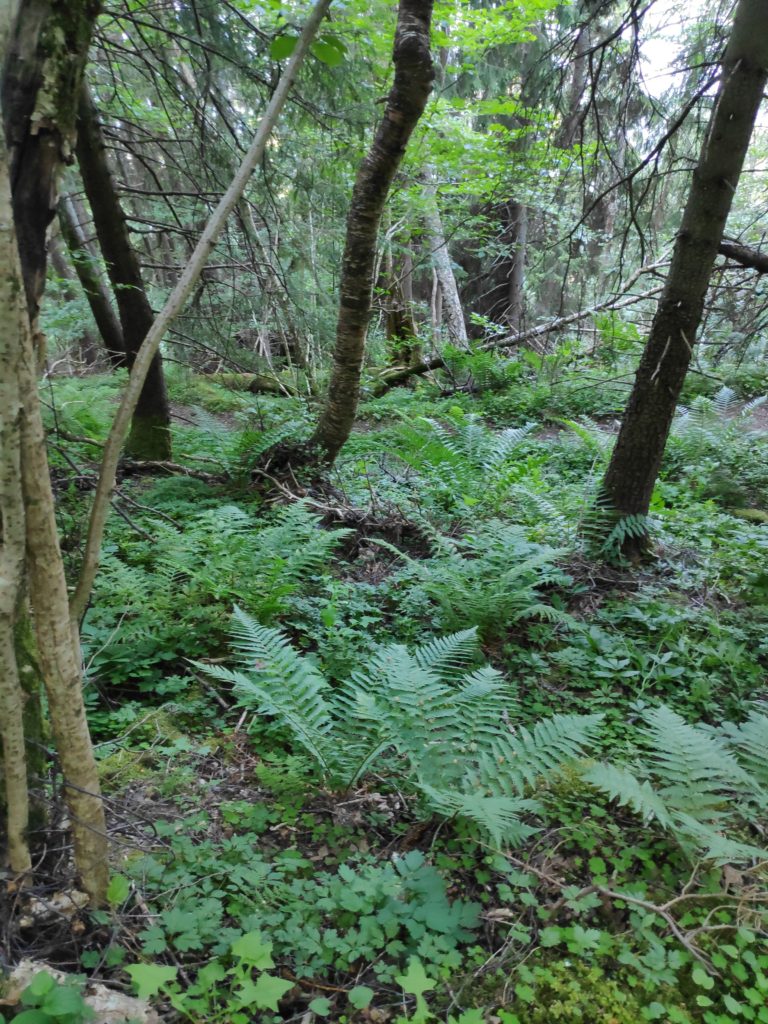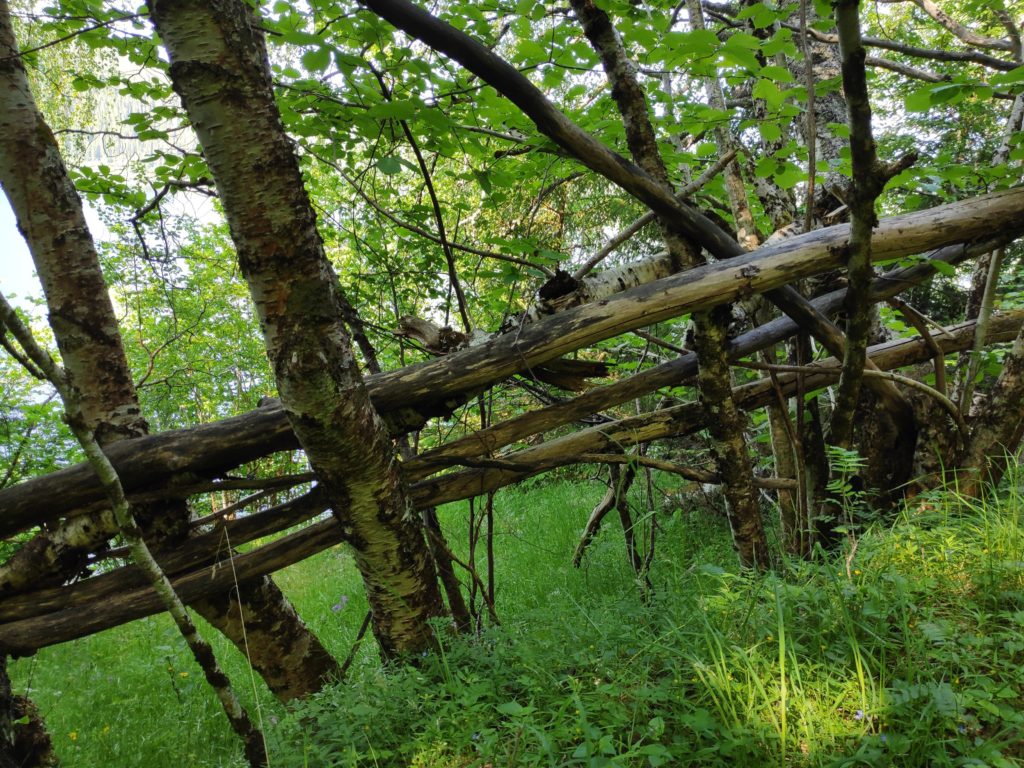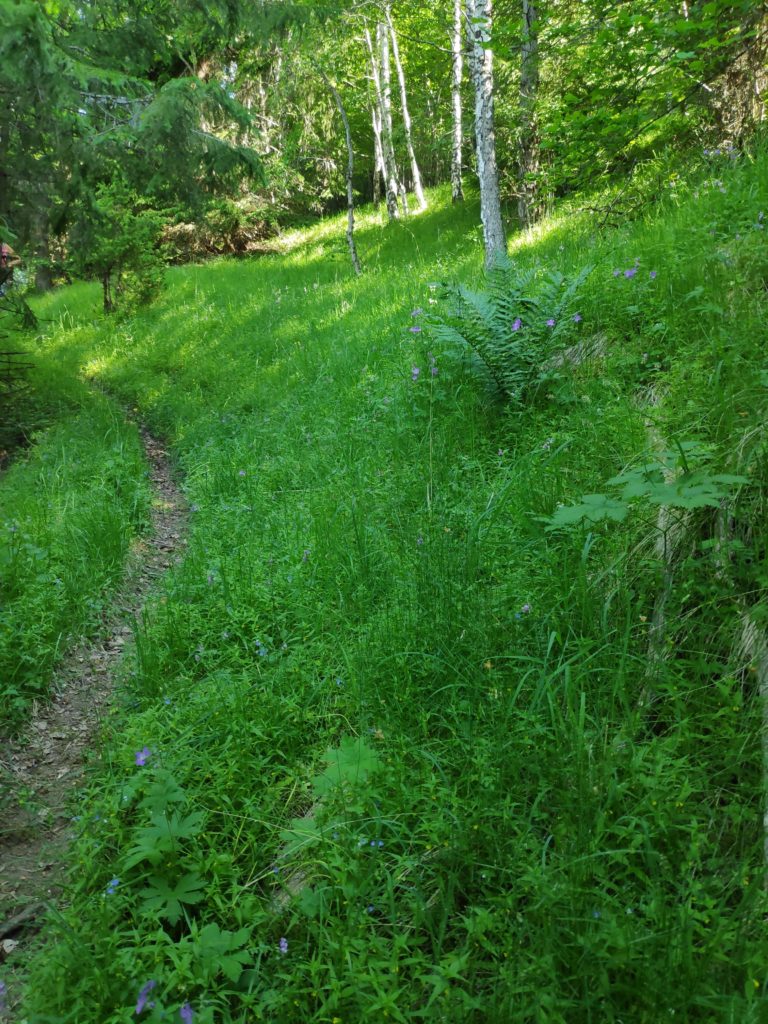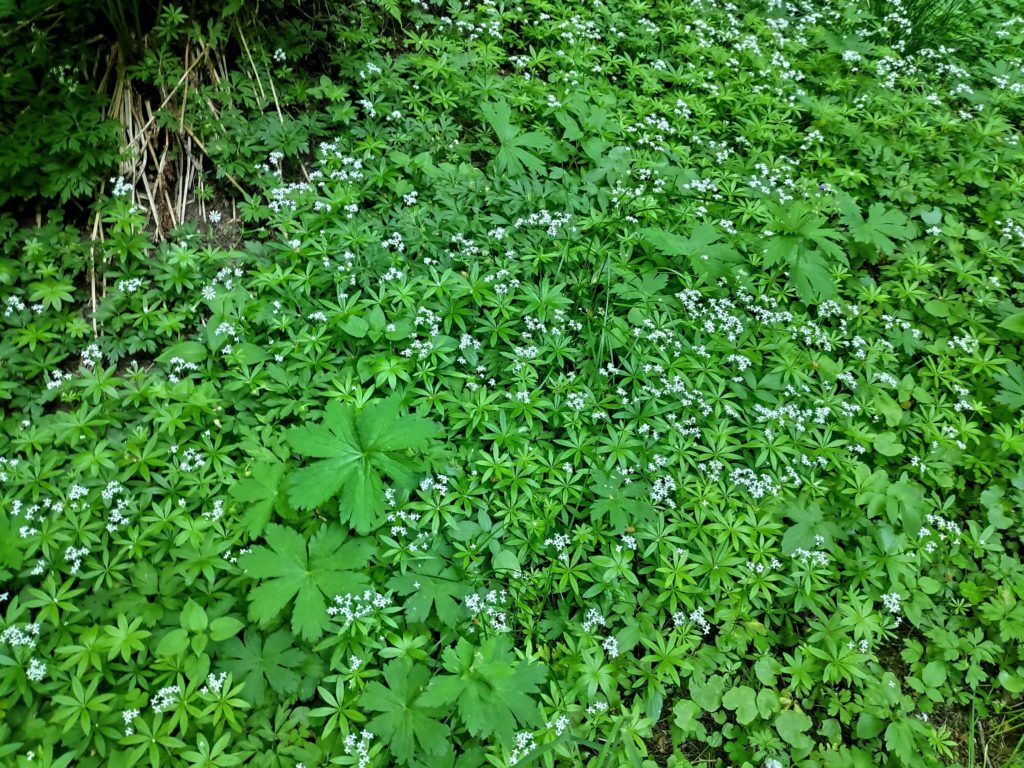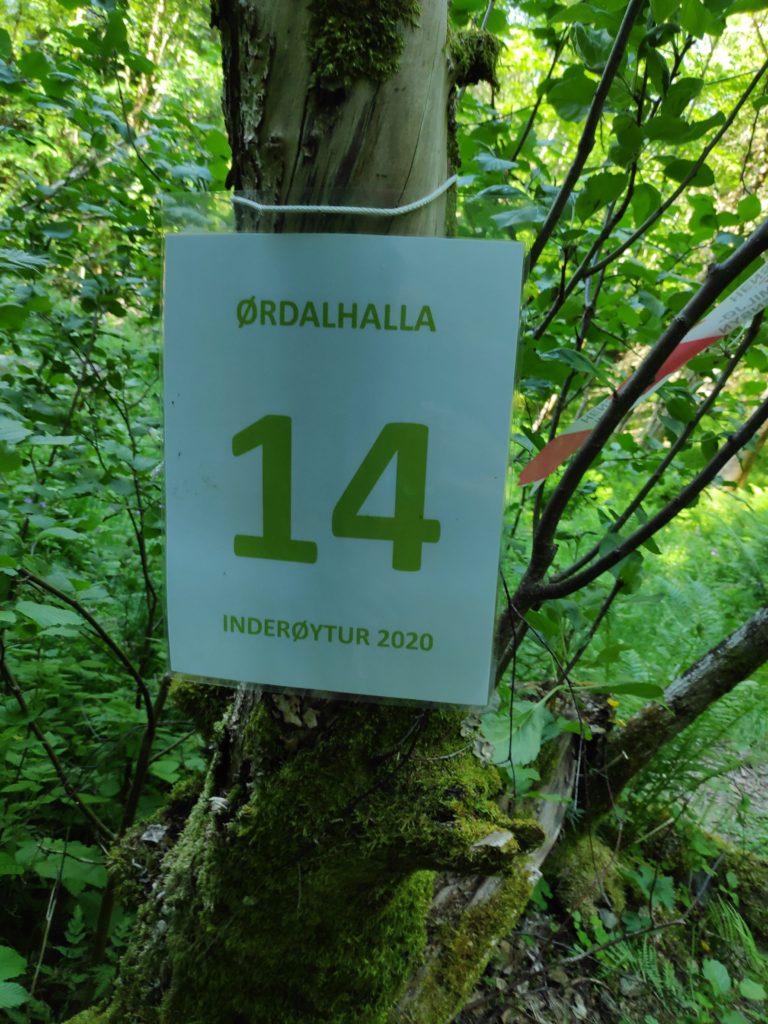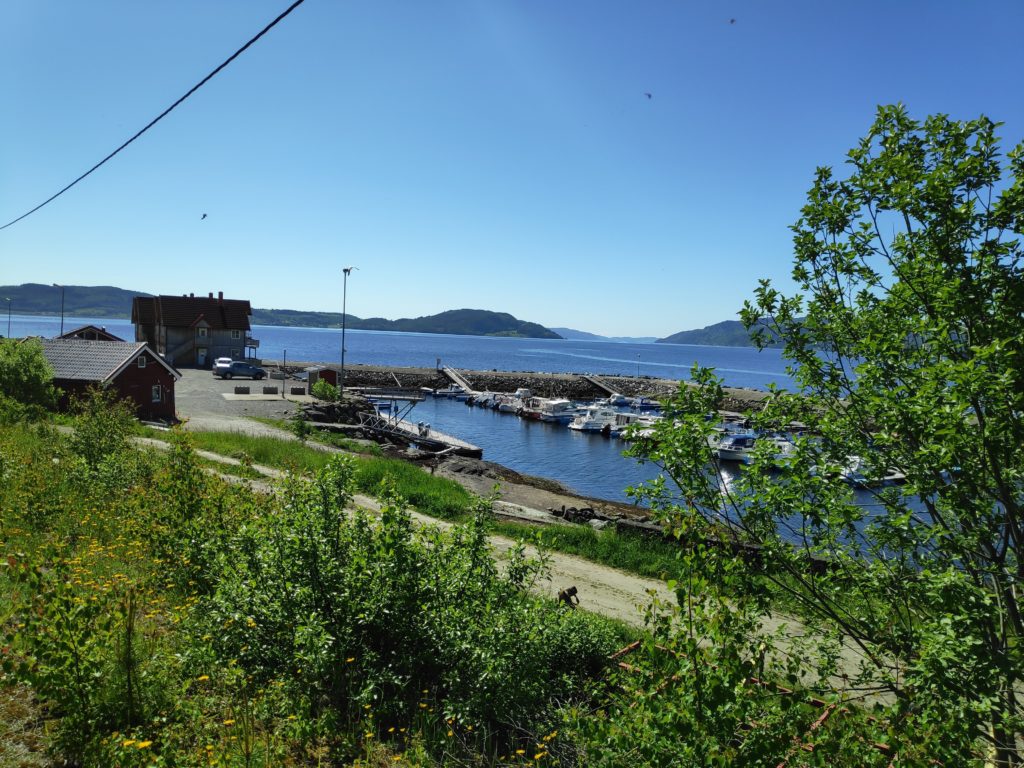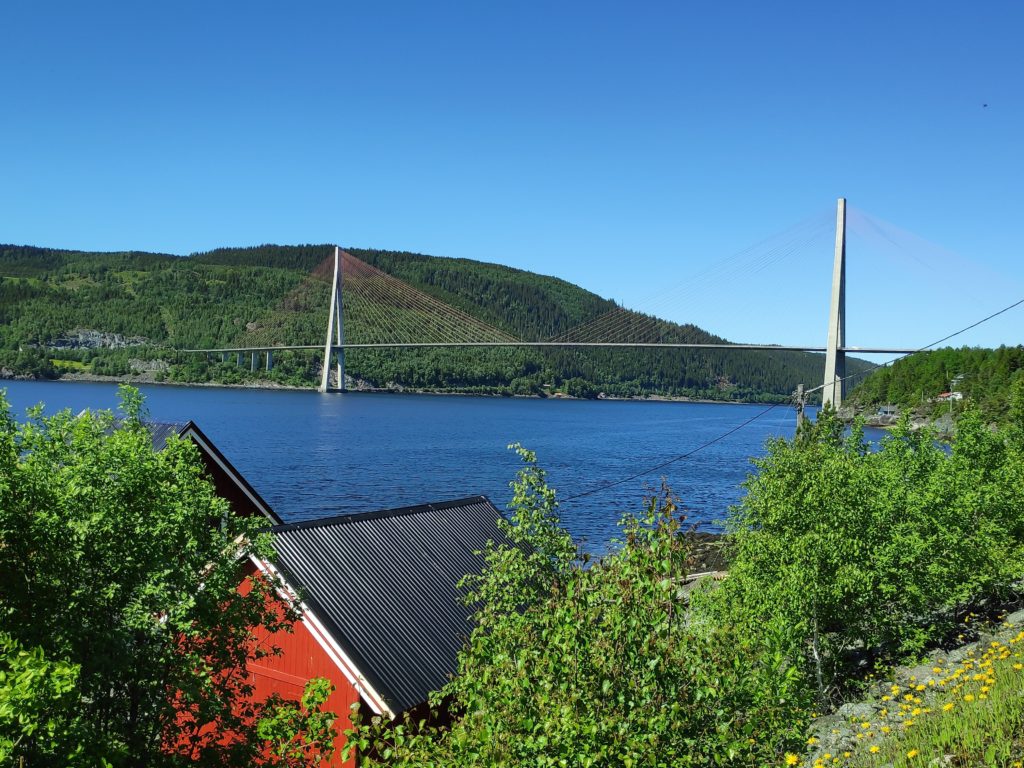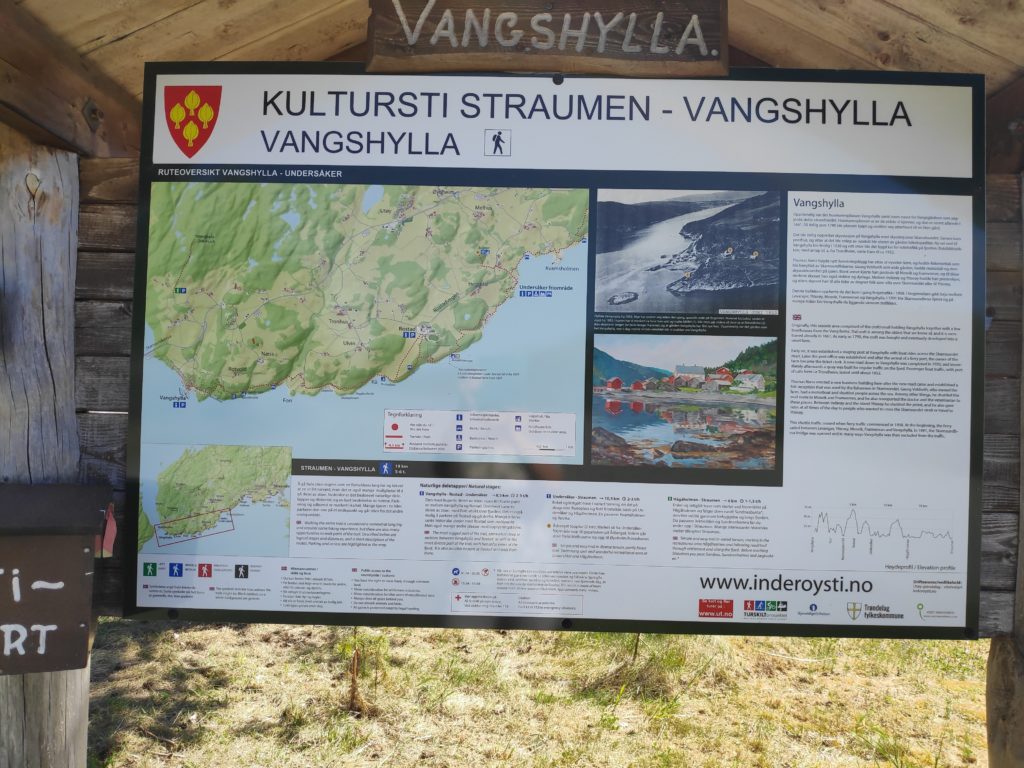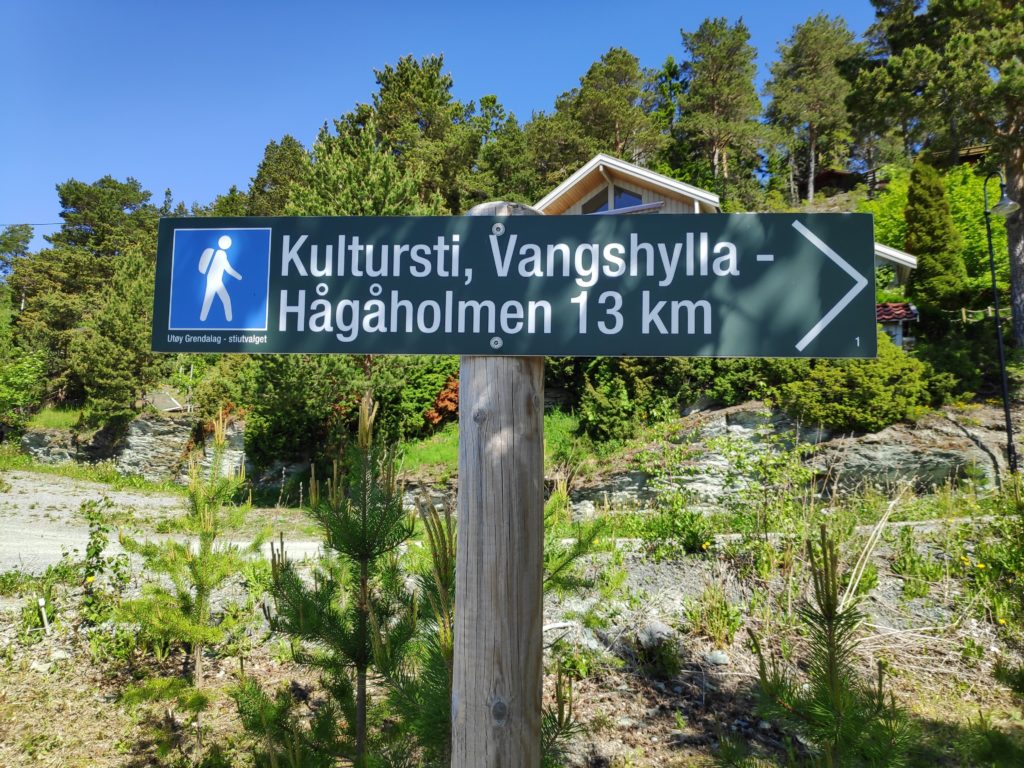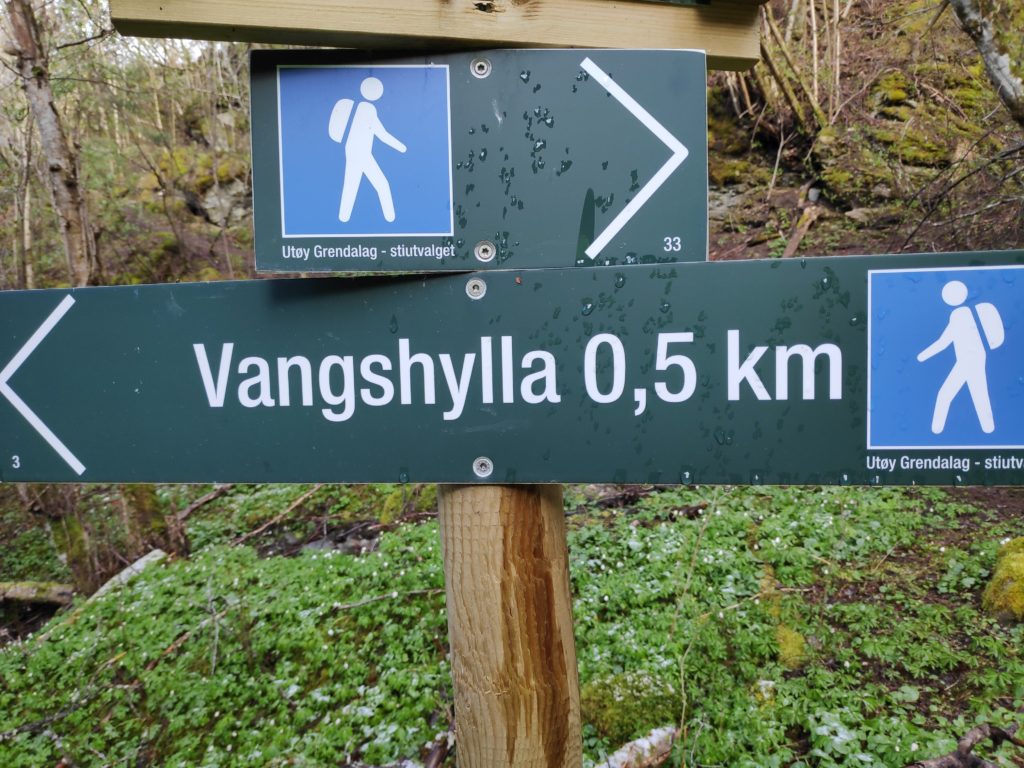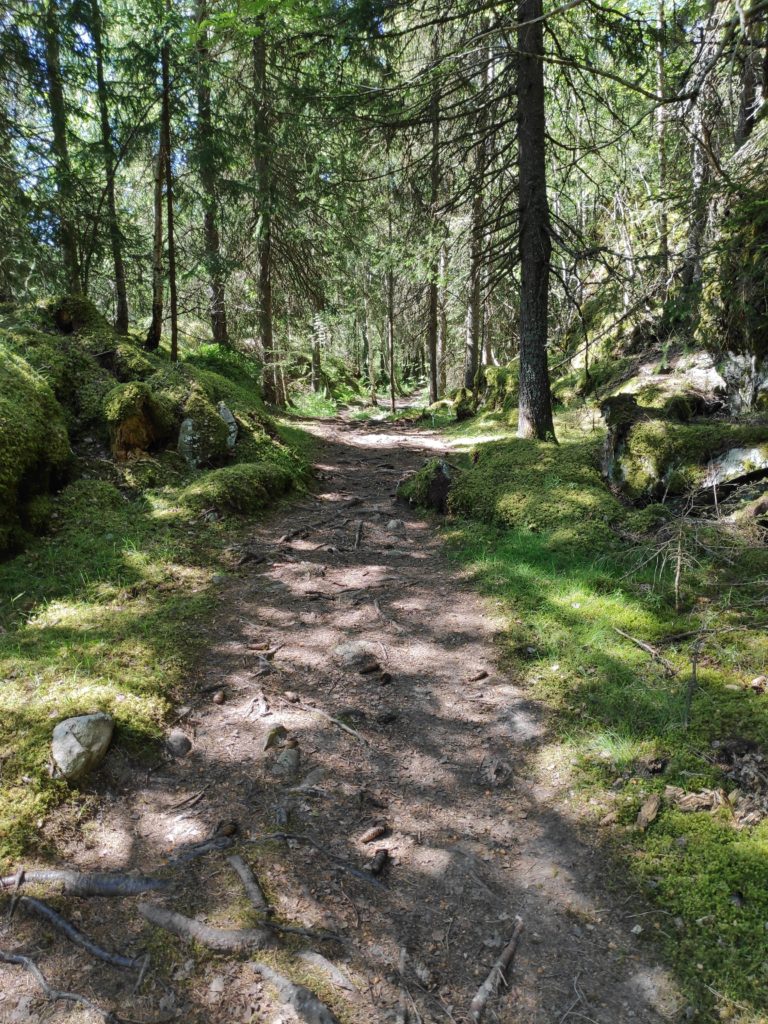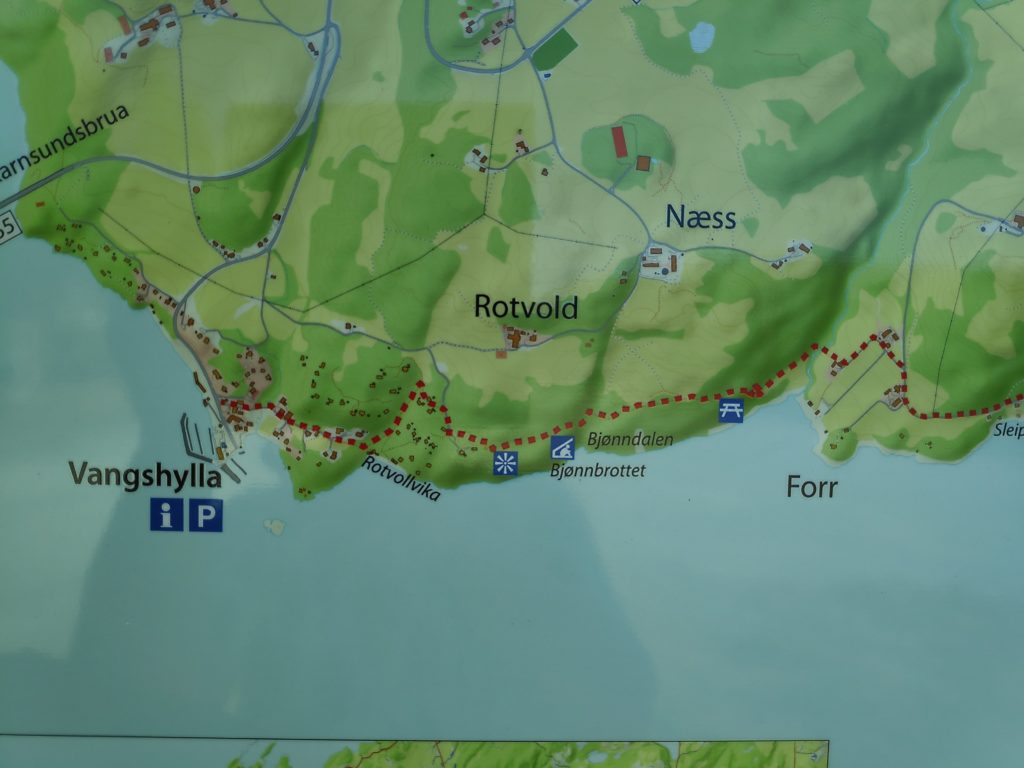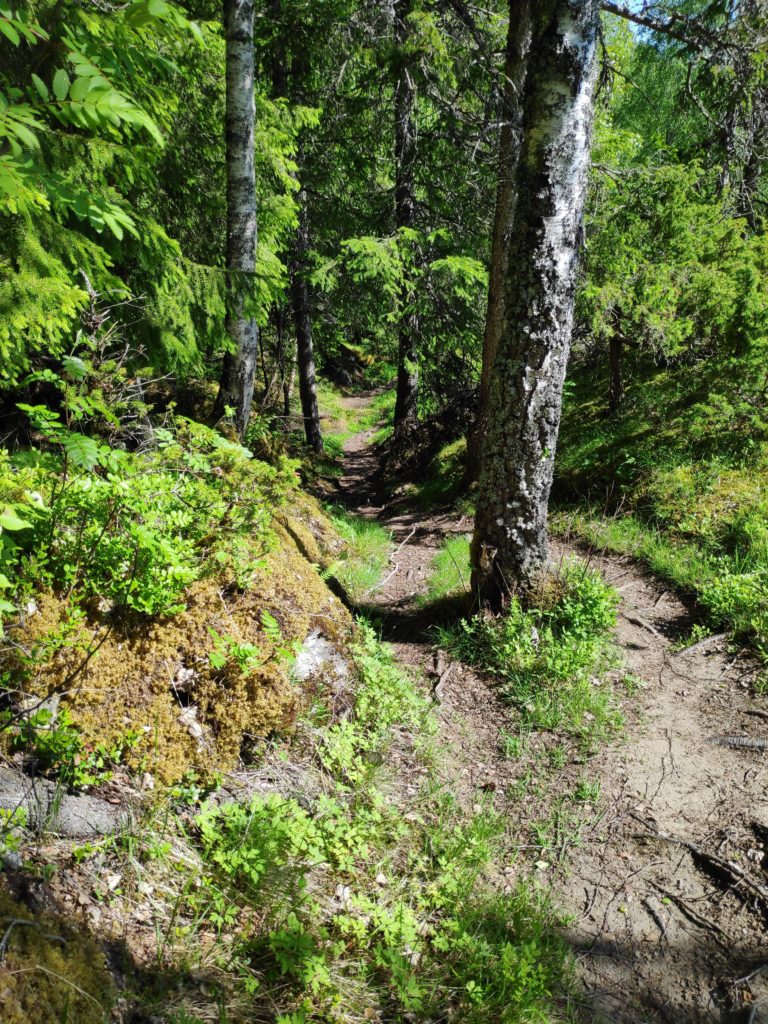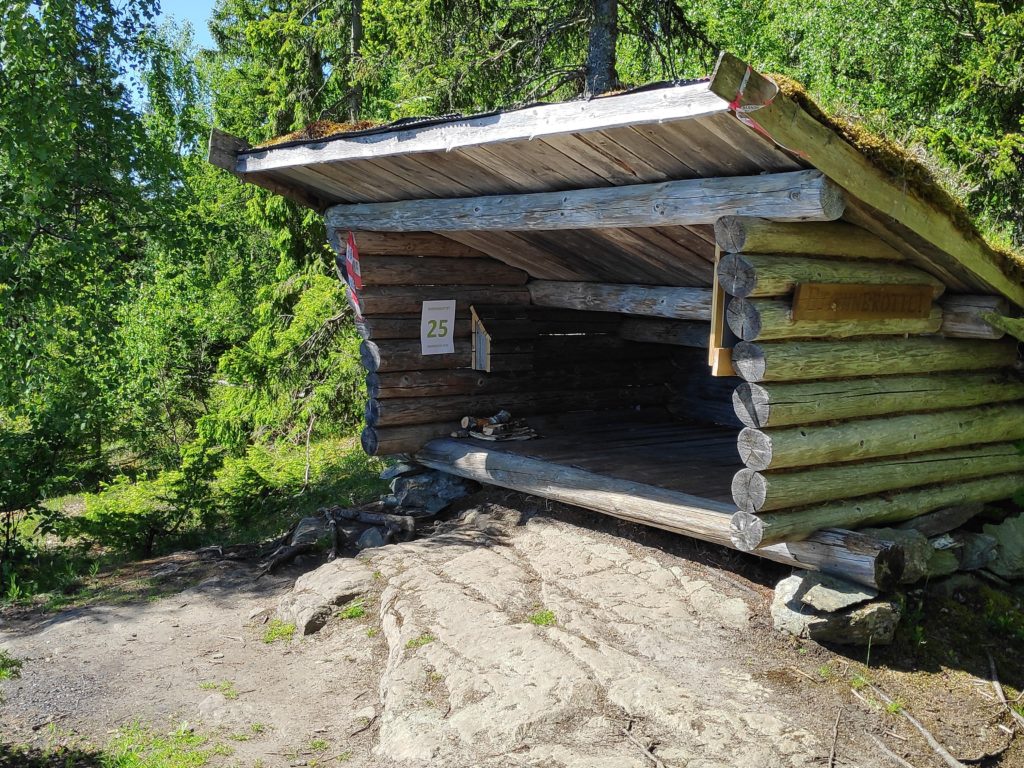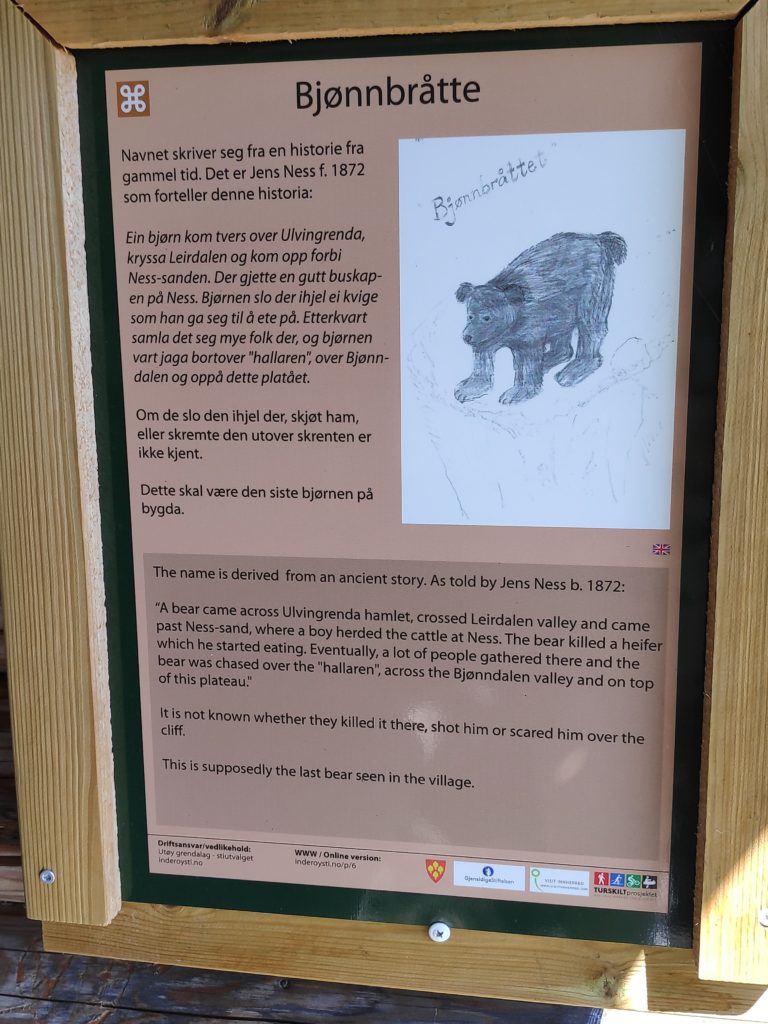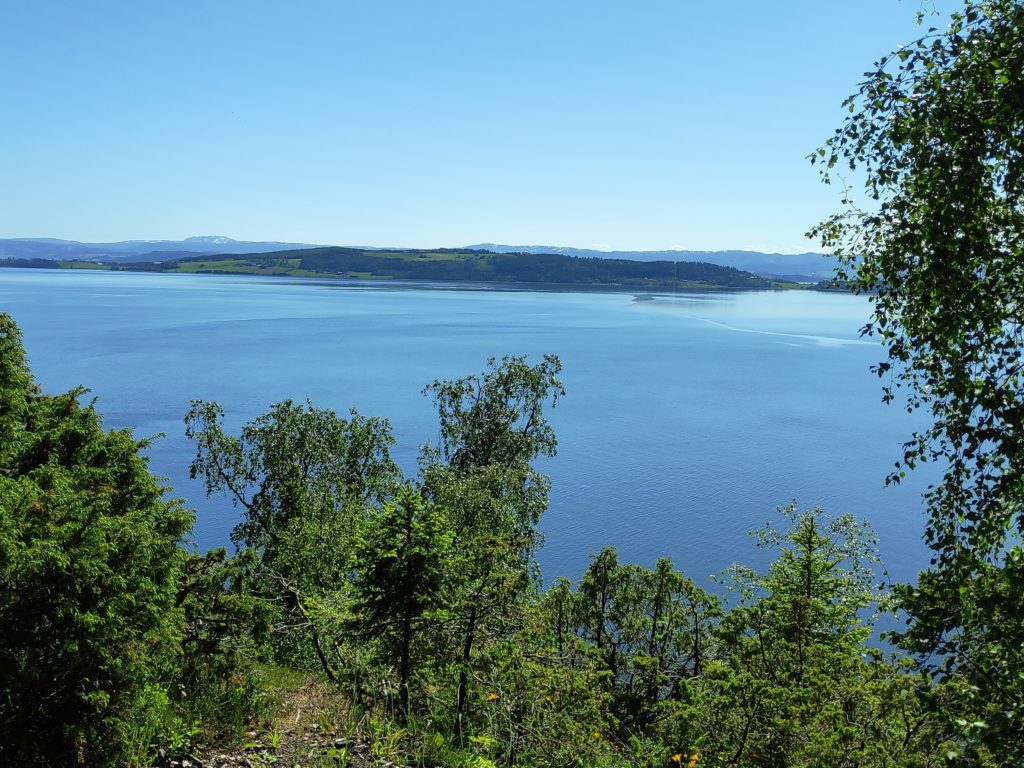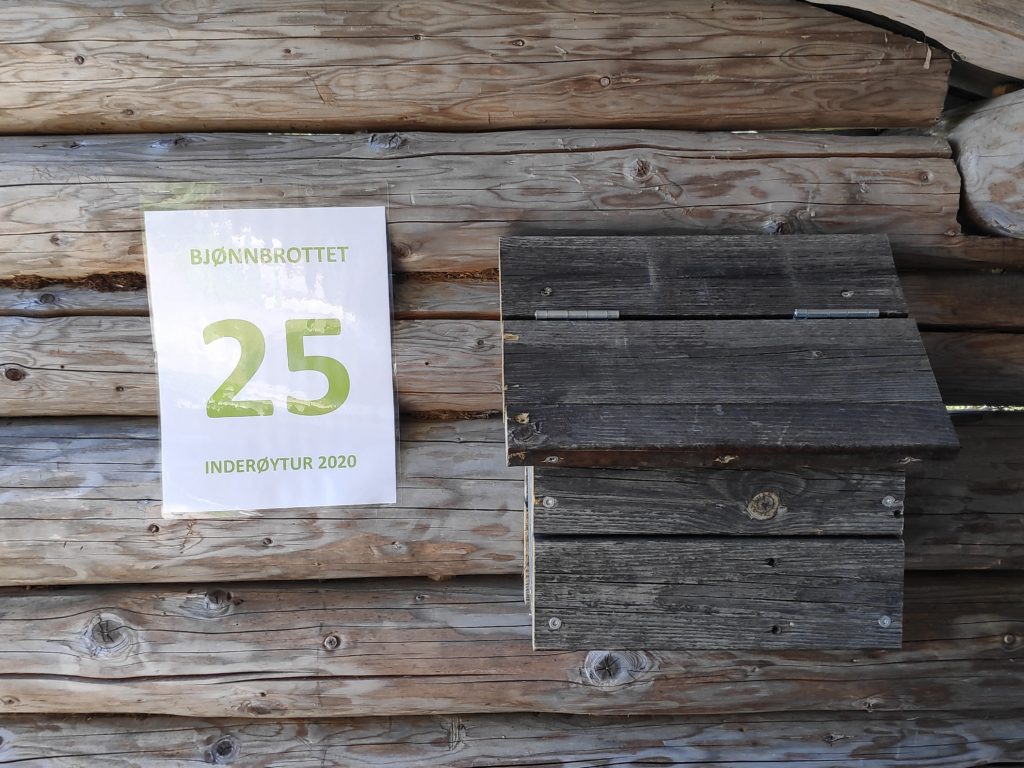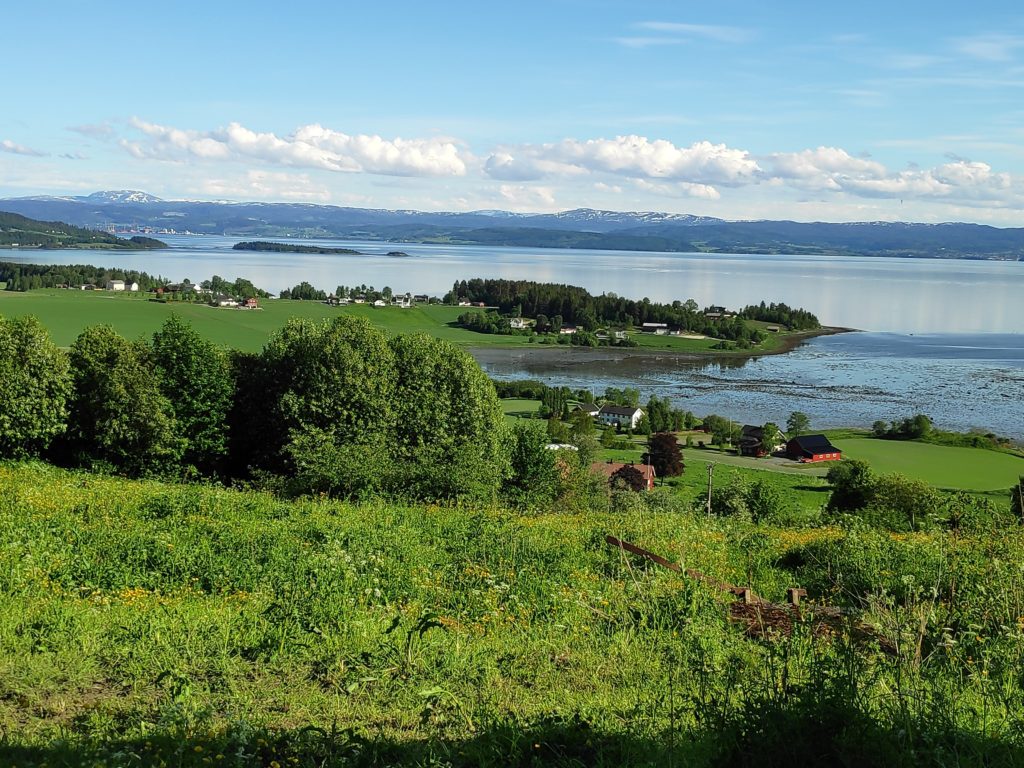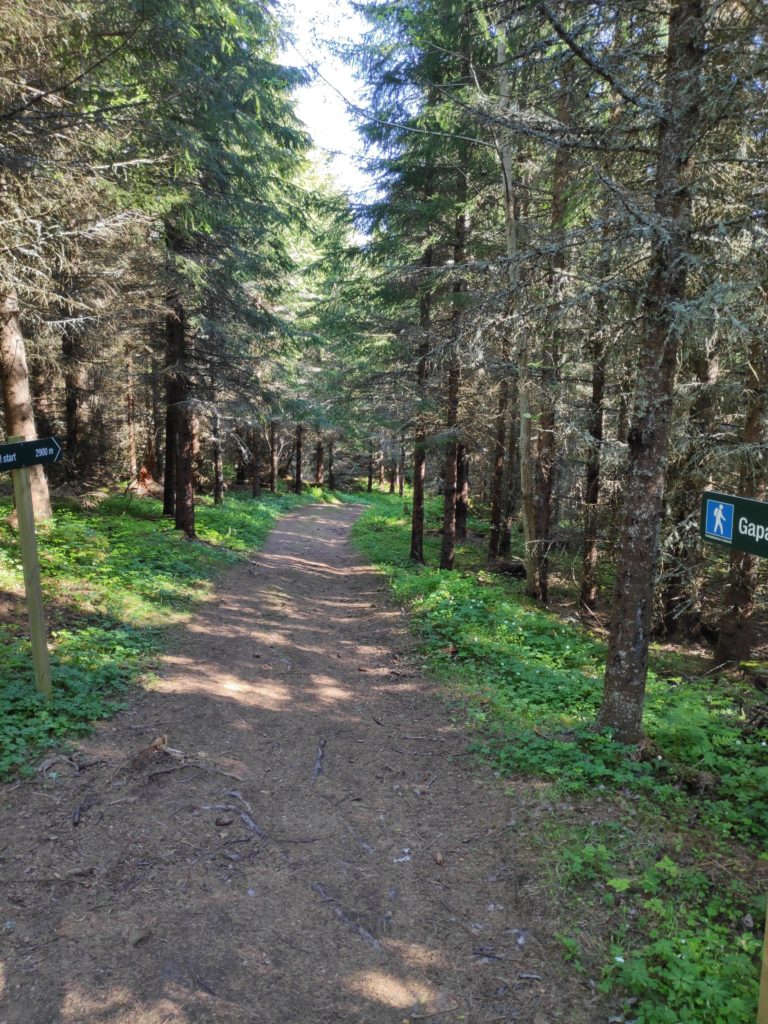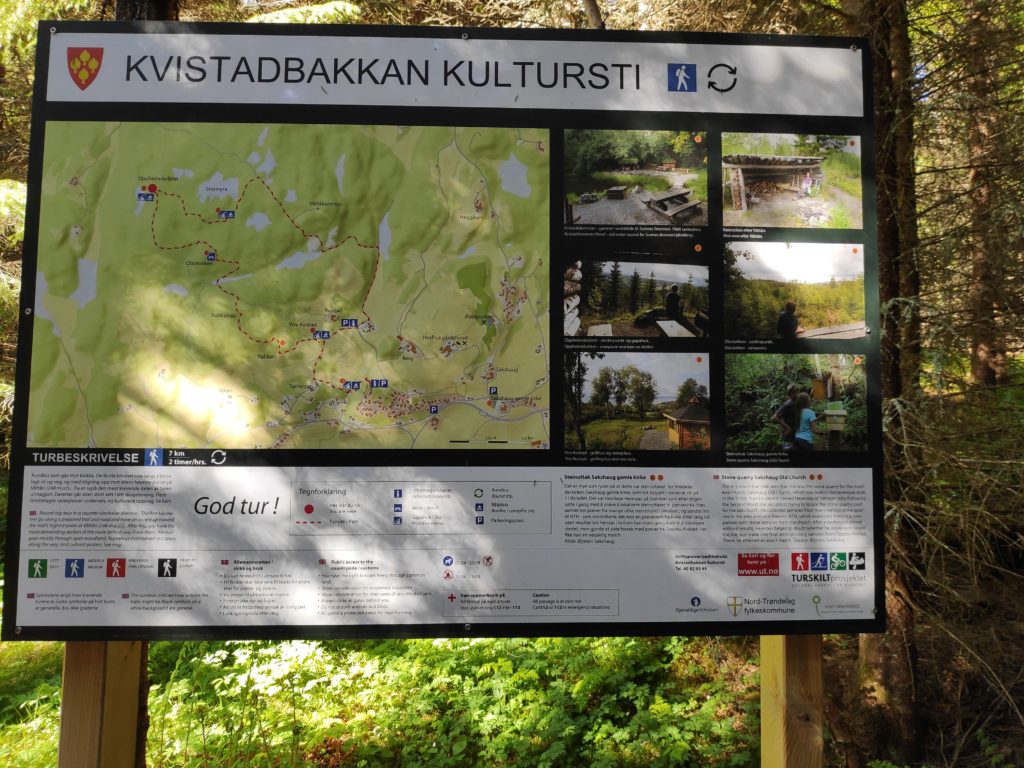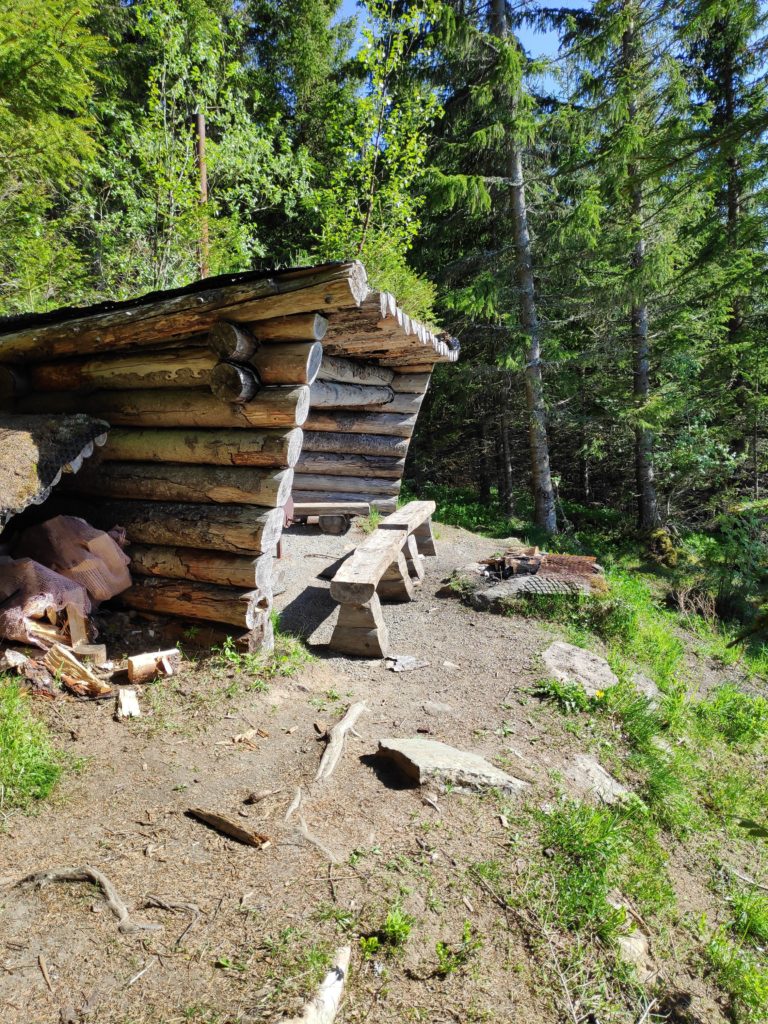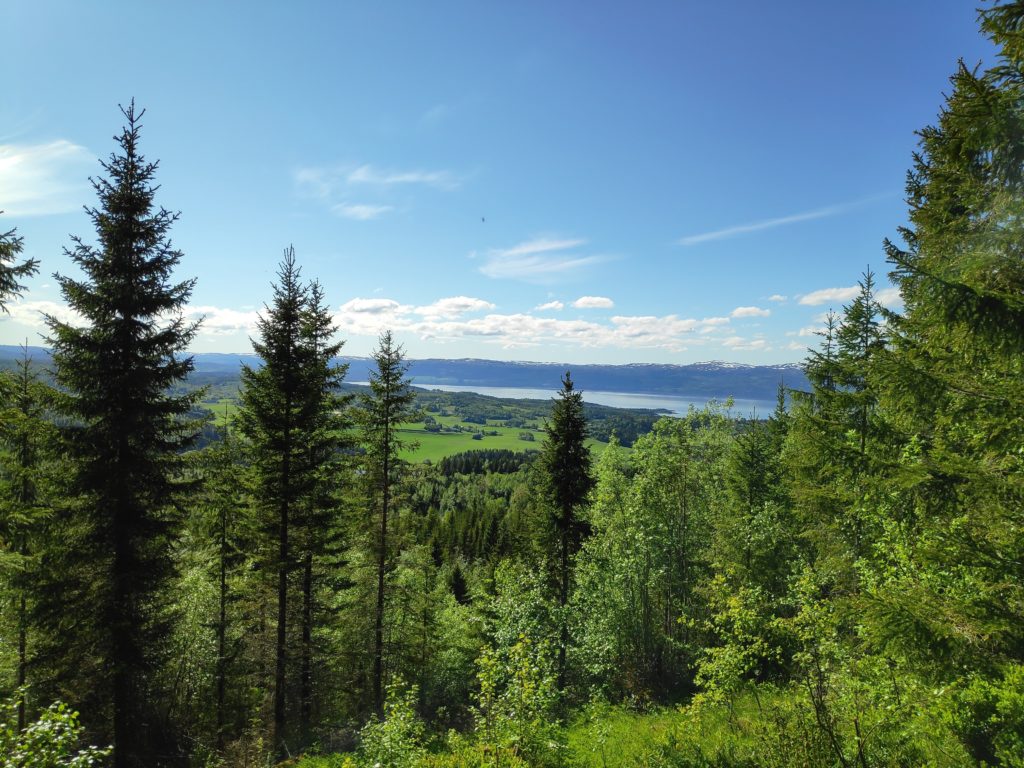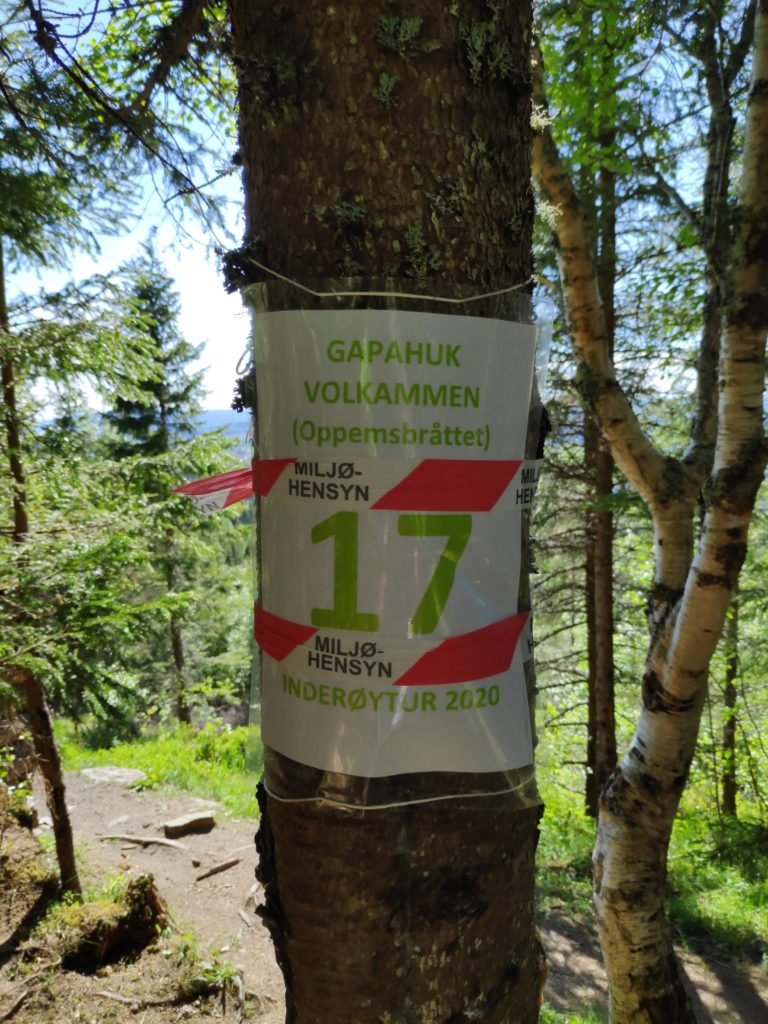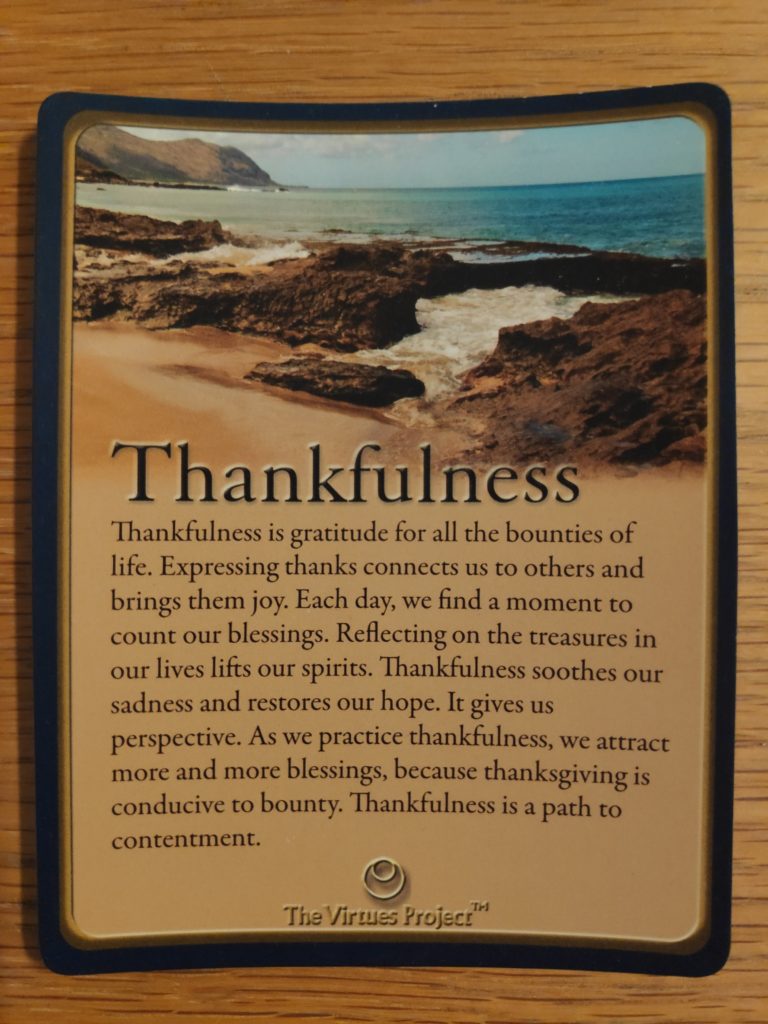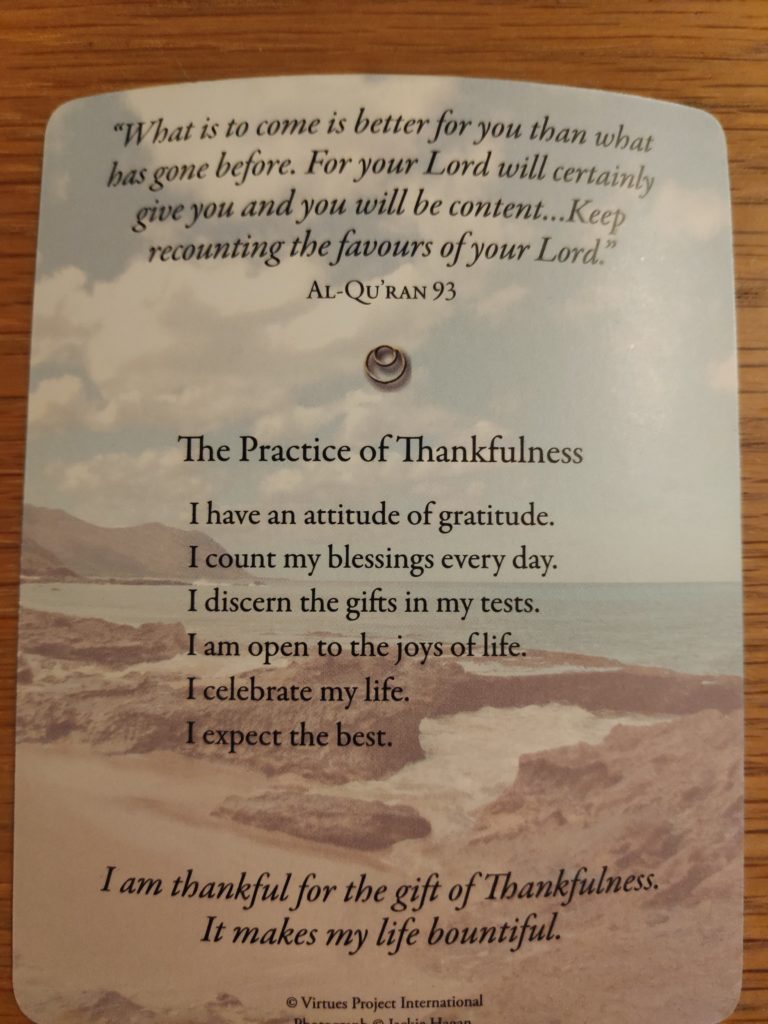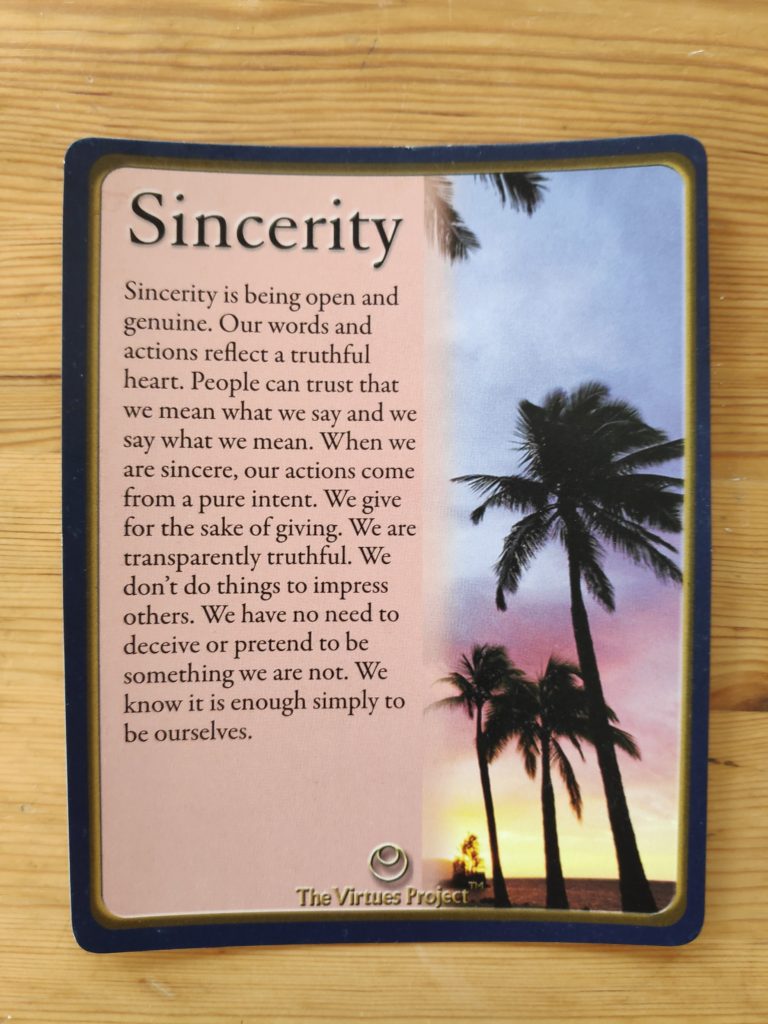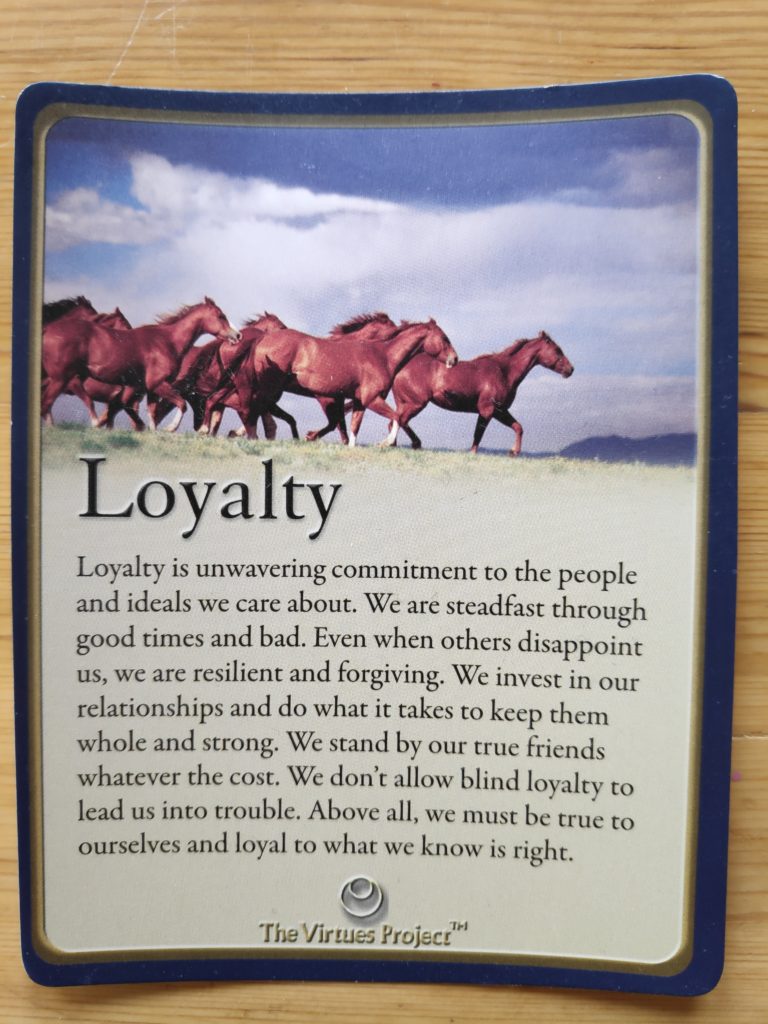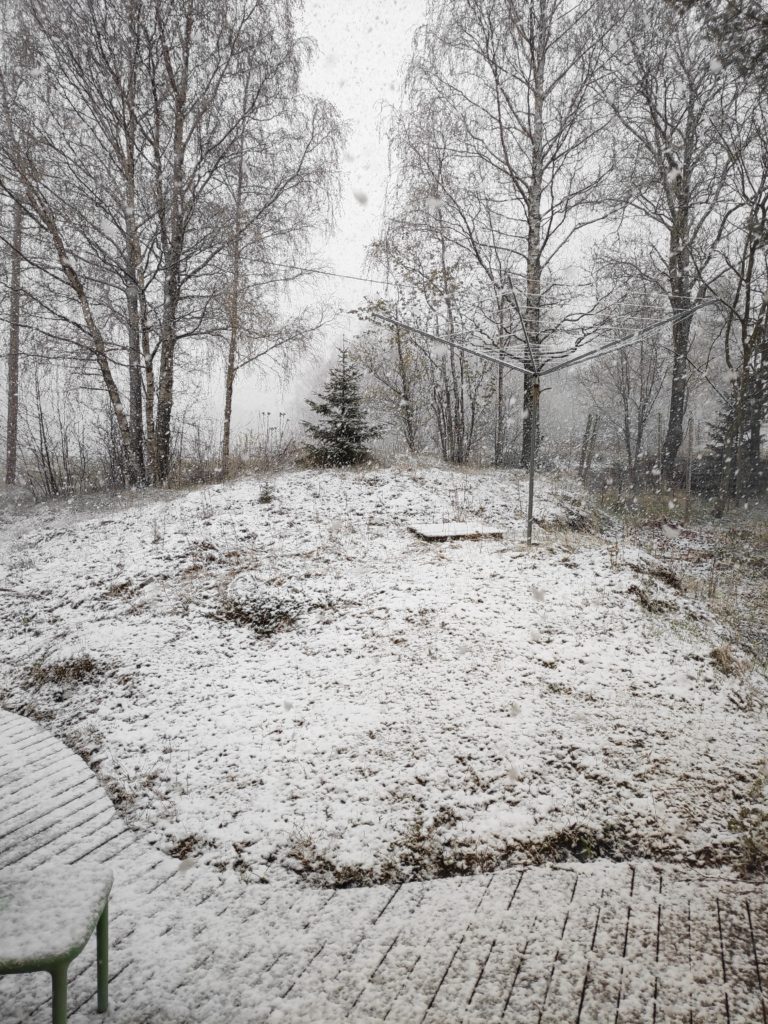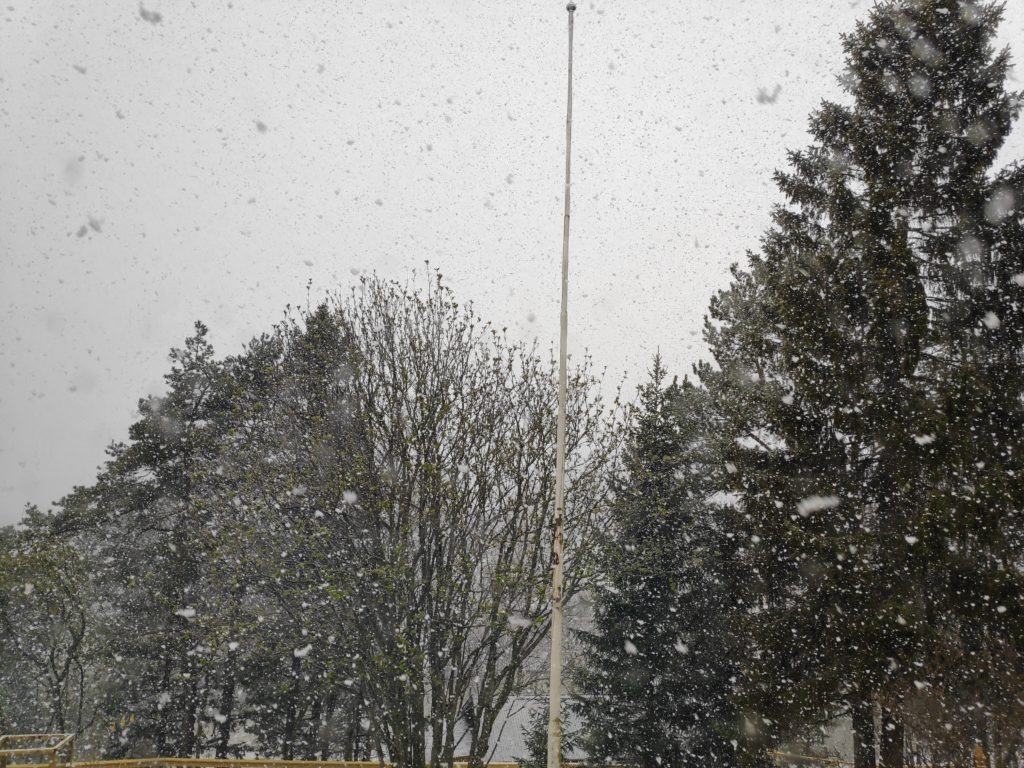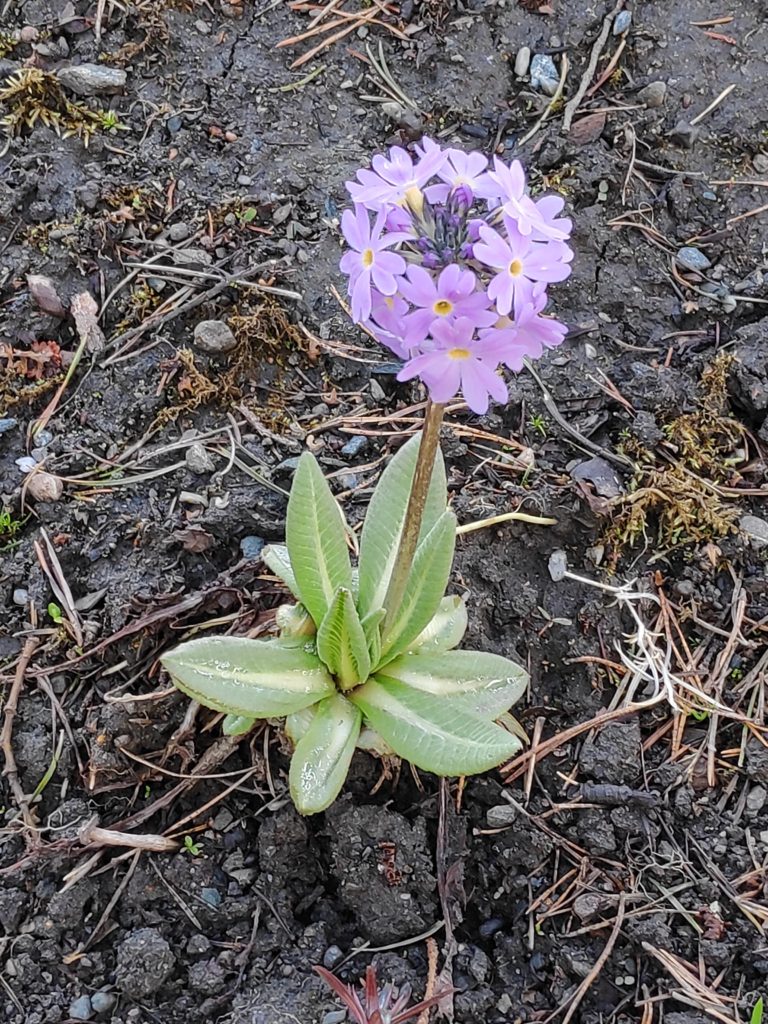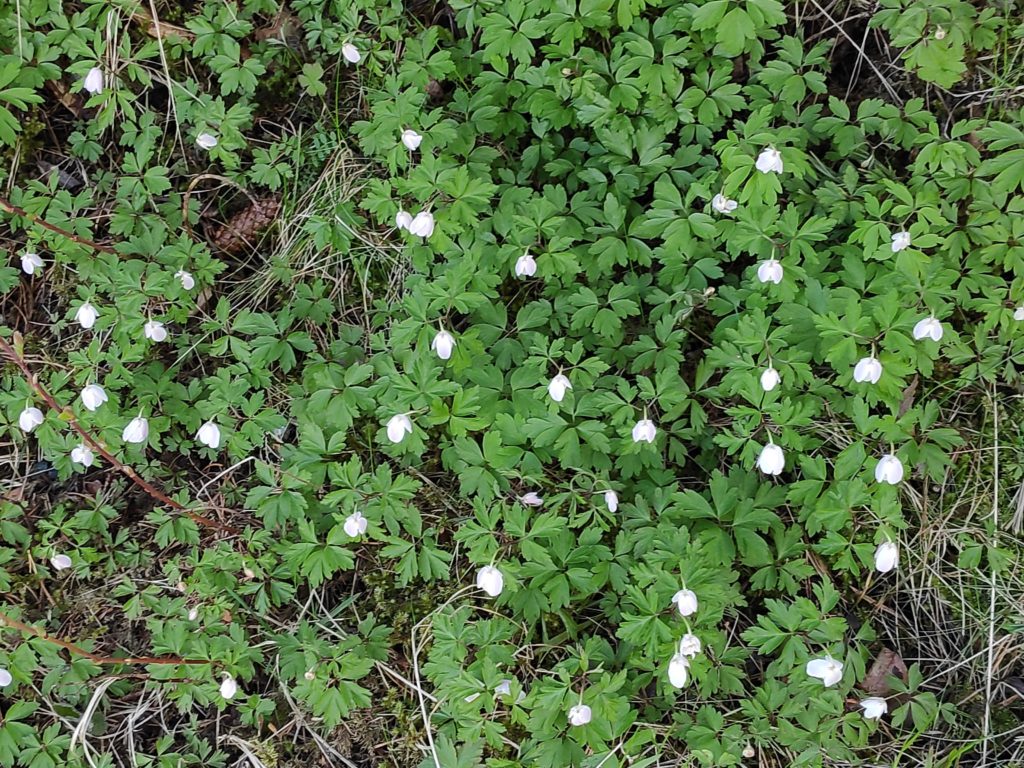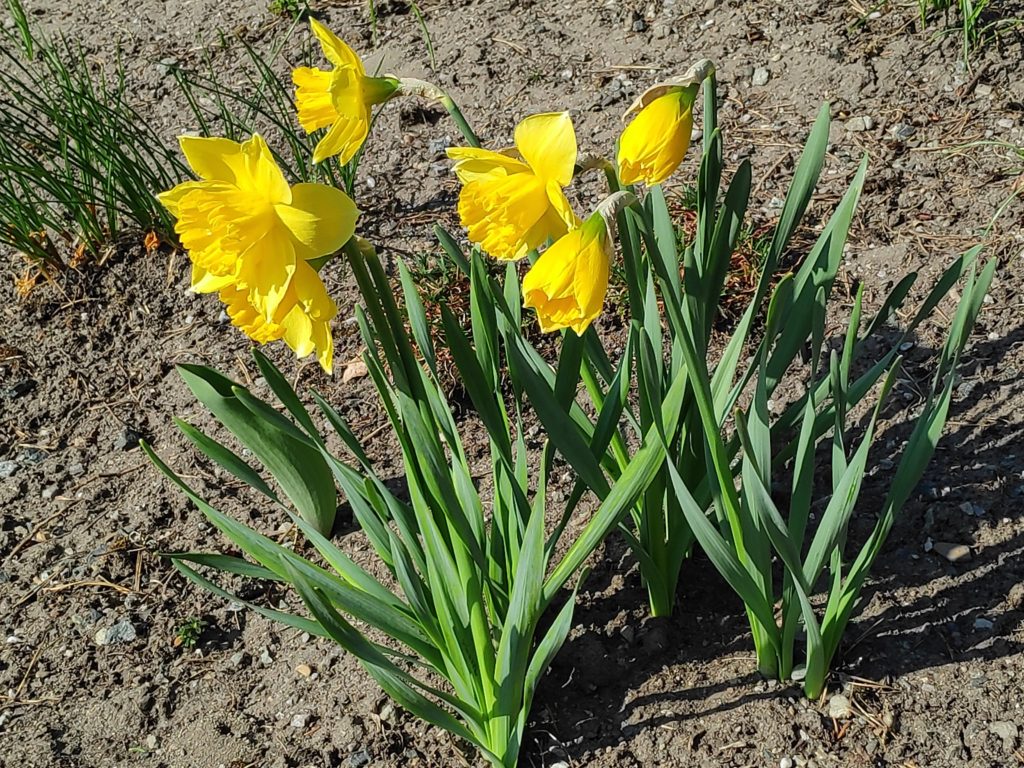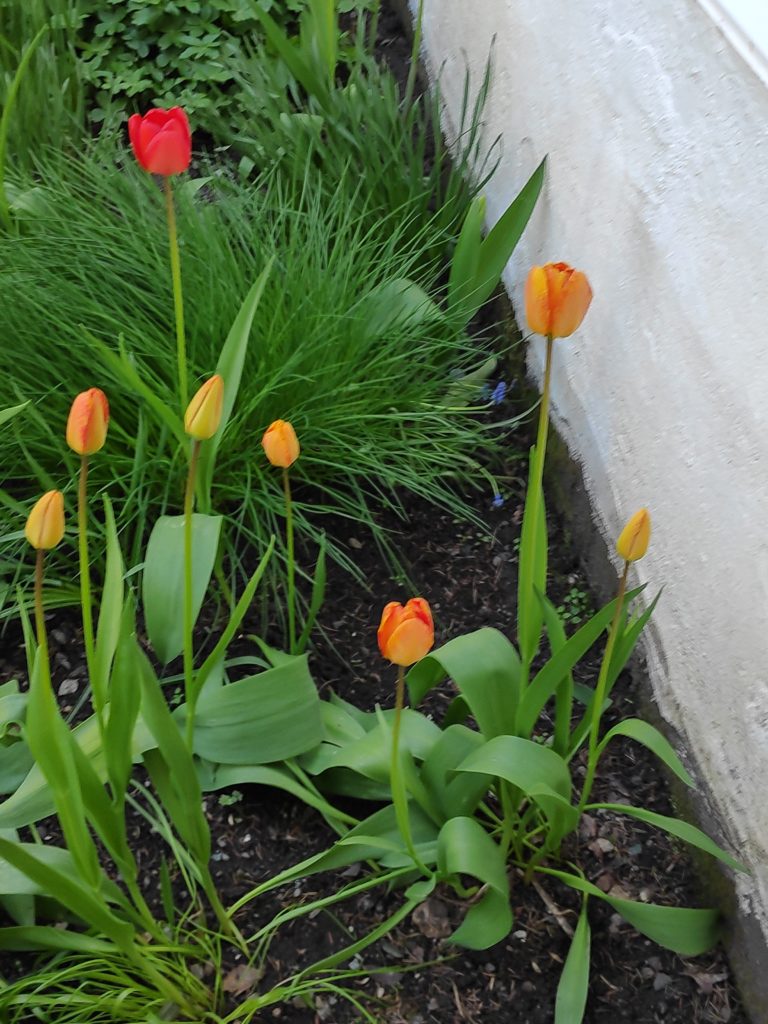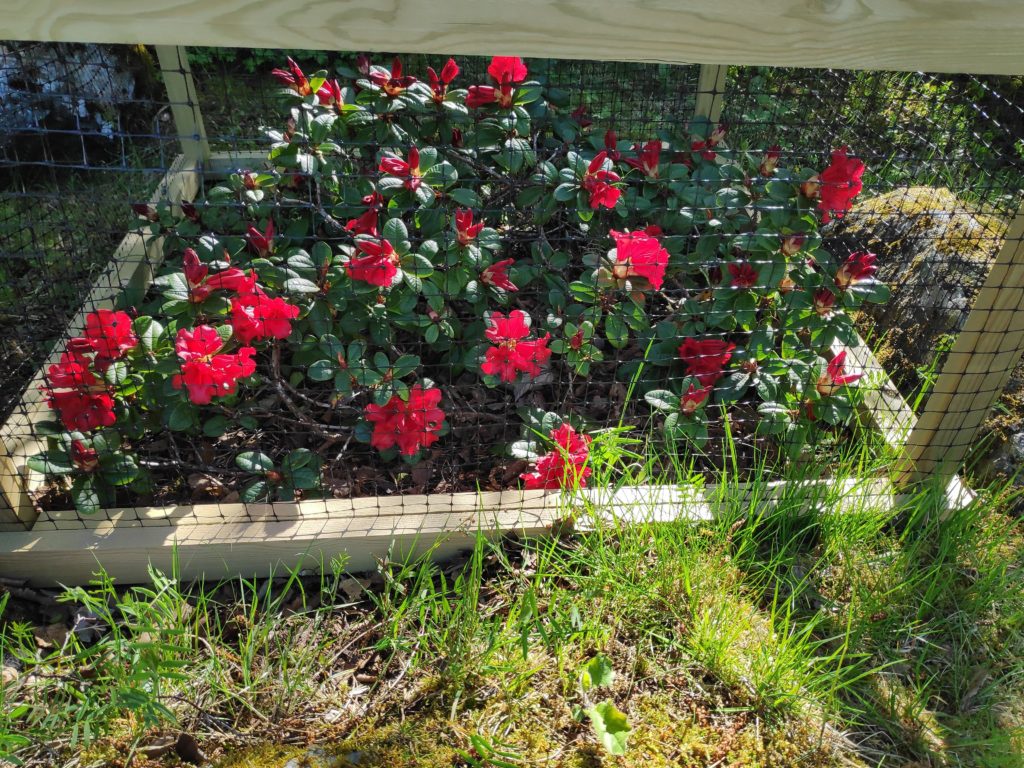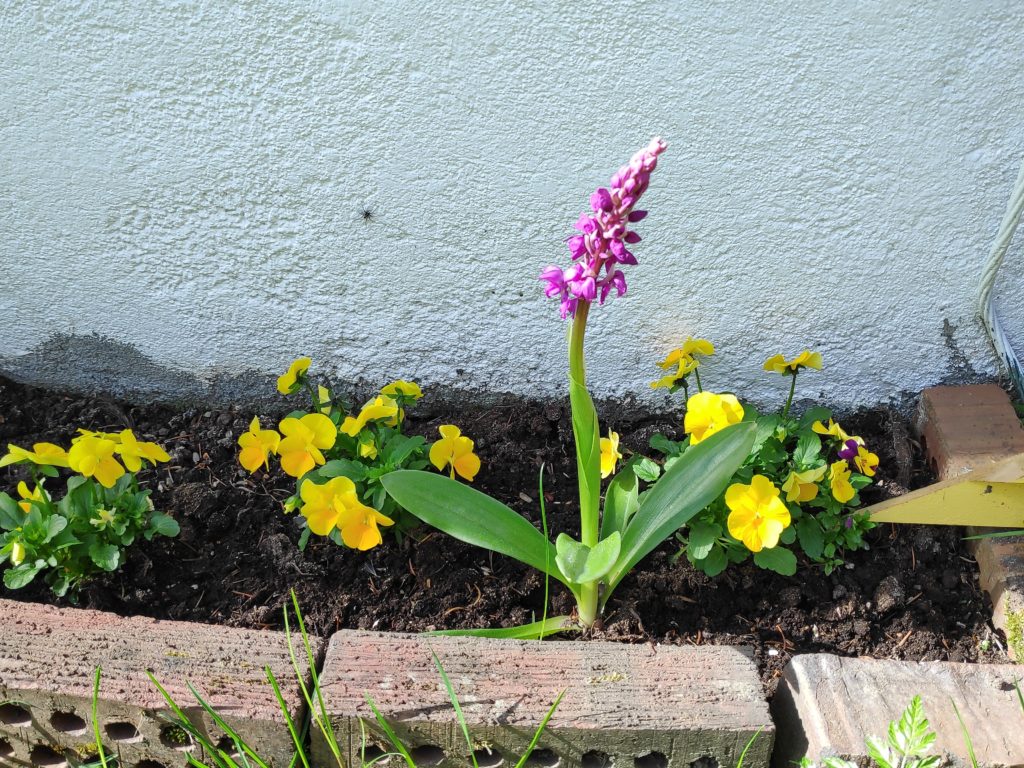When I was small, we got milk delivered in one-quart milk bottles on the back steps. It would have been pasteurized but not homogenized. I remember the cream rising to the top of the bottle.
There are no guarantees that my memories are actually correct. I think we got milk delivered every other day. My mom would put the empty milk bottles on the back porch and they would be replaced with full ones during the morning. I remember there being a calendar in the kitchen which showed which days we would get delivery.
How was the milk paid for? I’m not sure about that as it was during elementary school years that milk delivery stopped. I think my mom bought tokens of some sort, that were put in the empty milk bottles to show that the milk was prepaid. The milkman would come to the door, probably once a month or so, to sell more tokens. A lot of that is guesswork.
I also have vague memories of an icebox on the back porch, before we got a refrigerator. We probably got our first refrigerator in the early 1950s, before I started school. Home delivery of milk slowly disappeared as people got refrigerators and could store the milk longer at home. The rise of supermarkets where one bought all kinds of food items, including milk, would also have contributed to the disappearance of home milk delivery.
The interesting thing that prompts this memory is that I am now buying milk in a glass bottle. I have a 20 minute walk up to a local dairy farm. I paid a deposit for the bottles on my first purchase and now I just pay for the milk I buy each time. In Norway there is a digital payment system called Vipps that I can use to pay for the milk each time I pick it up.
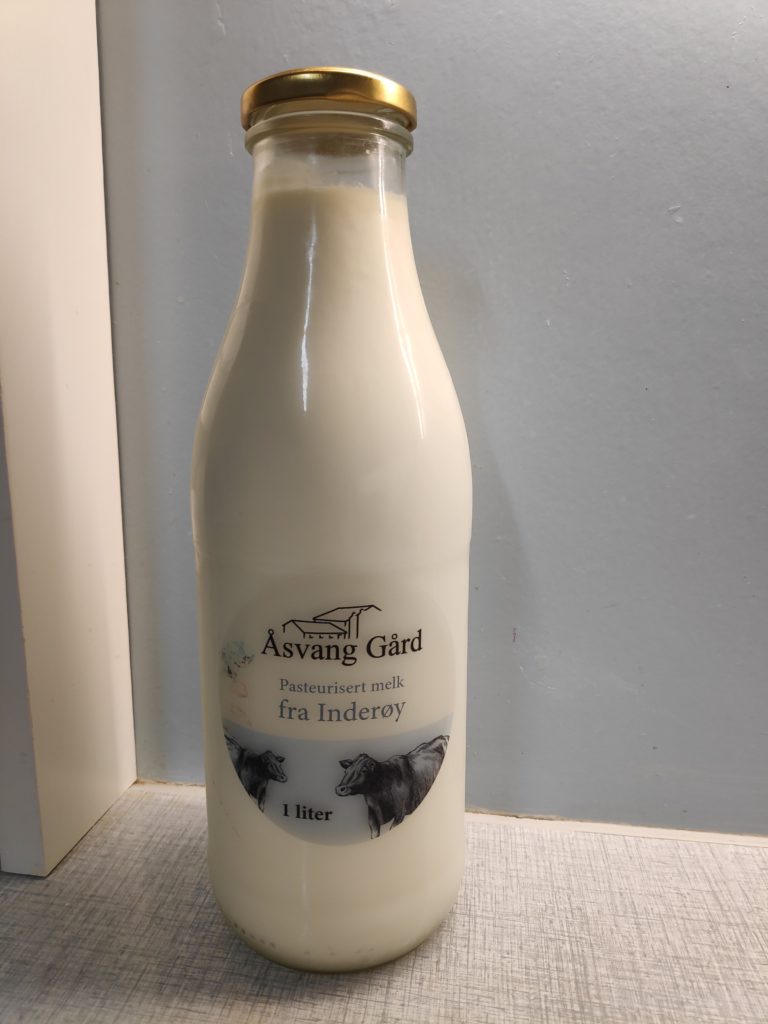
Again the milk is pasteurized but not homogenized and the cream rises to the top. I don’t use the cream, but just shake the milk so it gets distributed in the milk. I notice that the farm is now selling both skimmed milk and cream, so they have expanded their number of products in the last five months. I started becoming a regular user of this milk in April 2020.
There is no home delivery, but I can either drive by the farm when I am out anyway, or it is close enough to get a walk. At the moment they have fresh milk on Mondays and Thursdays. I have three bottles and I buy milk once or twice a week, depending on how much we have used.

